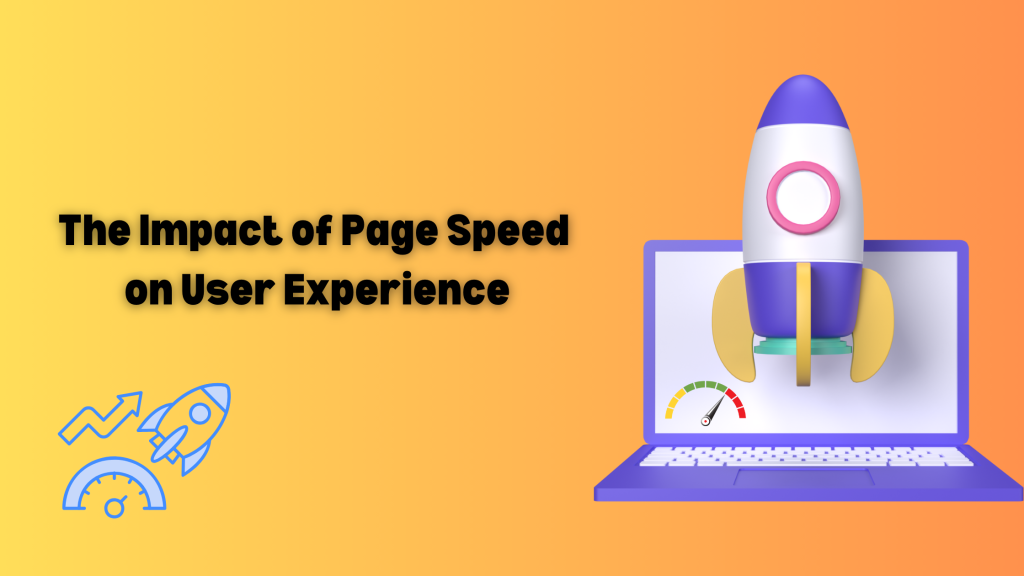
In this digital competitive environment. Every business wants to boost its engagement rate. Page speed is one of the most crucial factors for enhancing user experience, SEO, and engagement rate. Nowadays when everything is available in just one click, users have become impatient and want to start immediately. According to a study, 83% of online users stated that a website should load in three seconds or less and 40% of online users will abandon a site if it takes more than three seconds.
Your poor page speed will directly benefit your competitors and you will lose your customer base. To prevent this you must optimize page speed ensuring a smooth user experience. A good page speed also provides more opportunities for your business to grow and to connect with your customers.
In this article, we’ll learn what are the factors that influence page speed, the Impact of page speed on user experience, and some tips to enhance page speed.
What is page speed and what factors influence it
Before we understand the impact of speed on user experience, let us first learn what page speed is and the factors that influence it. Page speed is also known as page load time. Page speed refers to the time taken by a web page to display its content on the browser. It is measured in seconds and is a very crucial factor for measuring the success and performance of the website.
Several factors influence the speed of the web page. Such factors are
- file size: Larger files take more time to load, increasing the page load time.
- server response time: Slow server response can increase the page load time.
- image optimization: Unoptimized image size can take a longer time to load the web page. If we optimize such images it enhances the page load speed.
- CSS and javascript: Large CSS and javascript files can increase the page load time.
- Page content: Pages that have complex content such as video, animation, etc take longer time to load. This slows down the page speed.
- browser caching: By enabling browser caching, the page load time can be enhanced for returning visitors.
- Content Delivery Network (CDN): By utilizing a content delivery network the distance between the users and website resources gets reduced, which enhances the page speed.
- Third-party scripts: Too many third-party widgets can disrupt the loading time of the page.
- mobile optimization: If the content is not well optimized for the mobile then page load time can increase or may disrupt the user experience.
- hosting site: Poor hosting sites can hamper page load time.
- database queries: Slow database queries can delay the page loading.
- network connectivity: Slow network connectivity can slow down the page speed.
- Gzip: By enabling Gzip you can enhance the page speed by reducing the size of the files and images.
- HTTPS size: Many HTTPS files can disrupt page loading.
- page redirects: Similarly, many page redirects can affect the page loading.
Impact of page speed on user experience

Page speed is very crucial for ensuring a smooth user experience. Other than enhancing user experience, page speed has many other benefits as well such as increasing conversions, page views, and revenue, and enhancing SEO and mobile optimization. It gives competitive benefits to your business. It enhances accessibility, brand reputation, performance of ads, server load, and security and provides useful data. It helps in meeting web standards and reducing bounce rates.
Let us learn more about the impact of page speed on user experience
- Mobile friendly: According to a study, as of 2024 60.67% of website traffic comes from mobile devices and 92.3% of users prefer accessing the internet from mobile. A poor page speed reduces your chances of user engagement and increases your bounce rate.
- User: In this competitive digital world, users expect a quality standard from every website. They expect a fast page loading speed that enhances user experience.
- First impression: Slow websites can form a bad impression on the user. Users abandon such websites that take a longer time to load.
- SEO: Many popular search engines such as Google, consider page speed as one of the factors for ranking. Websites that have good speed and user experience tend to rank higher on search engine result pages. Increasing their organic traffic and engagement.
- Bounce rate: If your page speed is slow then the bounce rate will increase. This hampers your business success.
- Engagement: Users abandon the website when it takes longer time for load. It reduces the engagement rate of the website as well.
- Task completion: Slow pages disrupt the task competition. Users might abandon the website leaving the tasks incomplete.
- Lack of trust: Poor websites with slow page speed can increase distrust in the user’s mind. They might doubt the credibility of the website.
- Negative emotions: Websites with slow speed irritate the users and evoke negative emotions in them such as annoyance, irritation, etc.
- User word of mouth: Slow page loading time can annoy users. This leads to negative word of mouth. This hampers the reputation of the brand.
- Conversions: Pages with poor loading speed cause abandoned conversion. According to a study, the highest conversion rate for an e-commerce site is attained between 1-2 seconds of load time.
- Cognitive load: A good loading speed reduces the cognitive load whereas a slow page speed increases the cognitive load, causing more mental effort to the user.
- Satisfaction: Slow web pages cause low satisfaction to users. It hampers the overall user experience.
- Anxiety: Slow page load speed causes anxiety and frustration in the users.
Tips to enhance page speed
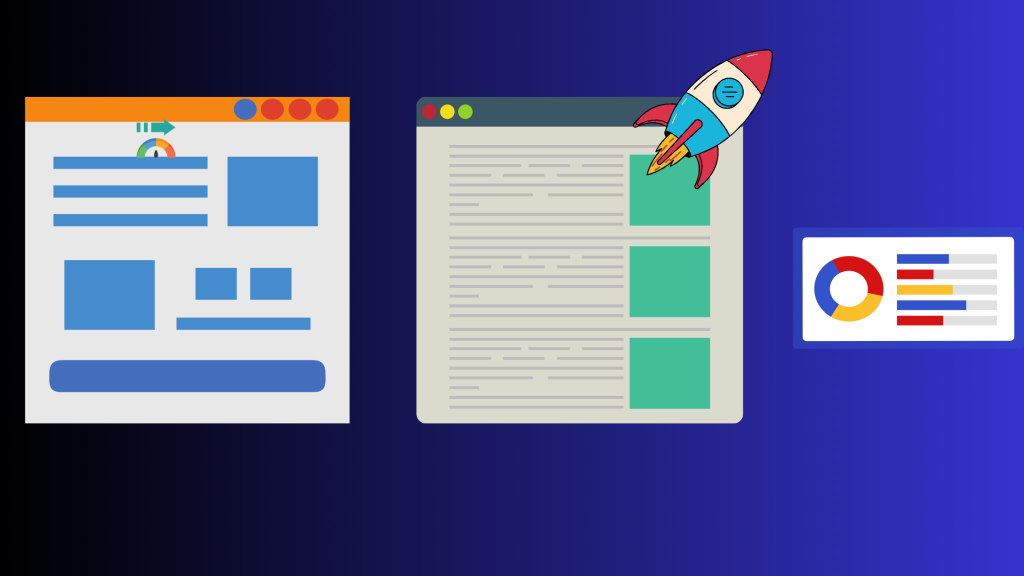
It is very important to increase the page speed as it enhances user experience and the overall success of the business. Here are some of the tips to enhance the speed of the website.
- Image: Try to compress the size of the images without affecting the quality of the image. Reduce the image size so that the speed of the web page improves.
- Browser caching: It refers to saving the images, videos, etc that you have visited before so that you don’t have to reload it again when you visit the site. Enable caching to store static content on the user’s device. It enhances the page load time.
- HTTP: Reduce the HTTP file size. Reduce or optimize the elements of your web page that require HTTP requests.
- Code optimization: Enhance code for faster load time.
- Content Delivery Network: Use a CDN to distribute content across multiple devices geographically. CDN divides the content into various servers so that users can access the servers that are close to them. This enhances the user experience and enhances load speed.
- Resources: Prioritize the loading of important resources first, this enables the users to engage smoothly with the web page. Techniques such as lazy loading enable you to load important content first and then images and videos.
- Redirects: Reduce the redirects as they add additional time to page load. Reduce the redirects as it enhances your page load time.
- CSS and javascript: Remove unnecessary content, images etc to reduce the javascript and CSS. By doing so the page load speed is enhanced.
- Server: Make sure your server is optimized for handling huge traffic without compromising the performance of the website.
- Server response time: Use indexing to enhance the working of the database. Try to optimize the server response time.
- Mobile optimization: Try to optimize your page speed for mobile devices. The majority of users use mobile devices for accessing the internet. Make sure your web page is well-optimized for mobile devices.
- Test: Use tools for testing the speed of the website such as Google Pagespeed insight, GTmetrix, etc to manage and monitor the performance of your website.
In this digital competitive world, speed and immediate satisfaction are very important. Page speed is very important for enhancing the performance of the website and overall customer satisfaction and experience. It also optimizes your ranking in the search engines and boosts your conversion rate. In such a scenario, optimizing page speed is the need for every website. Lumia 360 provides digital solutions to small and medium enterprises. We create strategies and look after every aspect of your website to boost its conversion, ranking in search engines, and success rate. Our digital marketing and web design strategies design effective plans to boost your success.
Read Also: Mobile Marketing Initiative for an App Launch
Read Also: The Role of Review Monitoring Tools in Reputation Management: Streamlining Your Approach



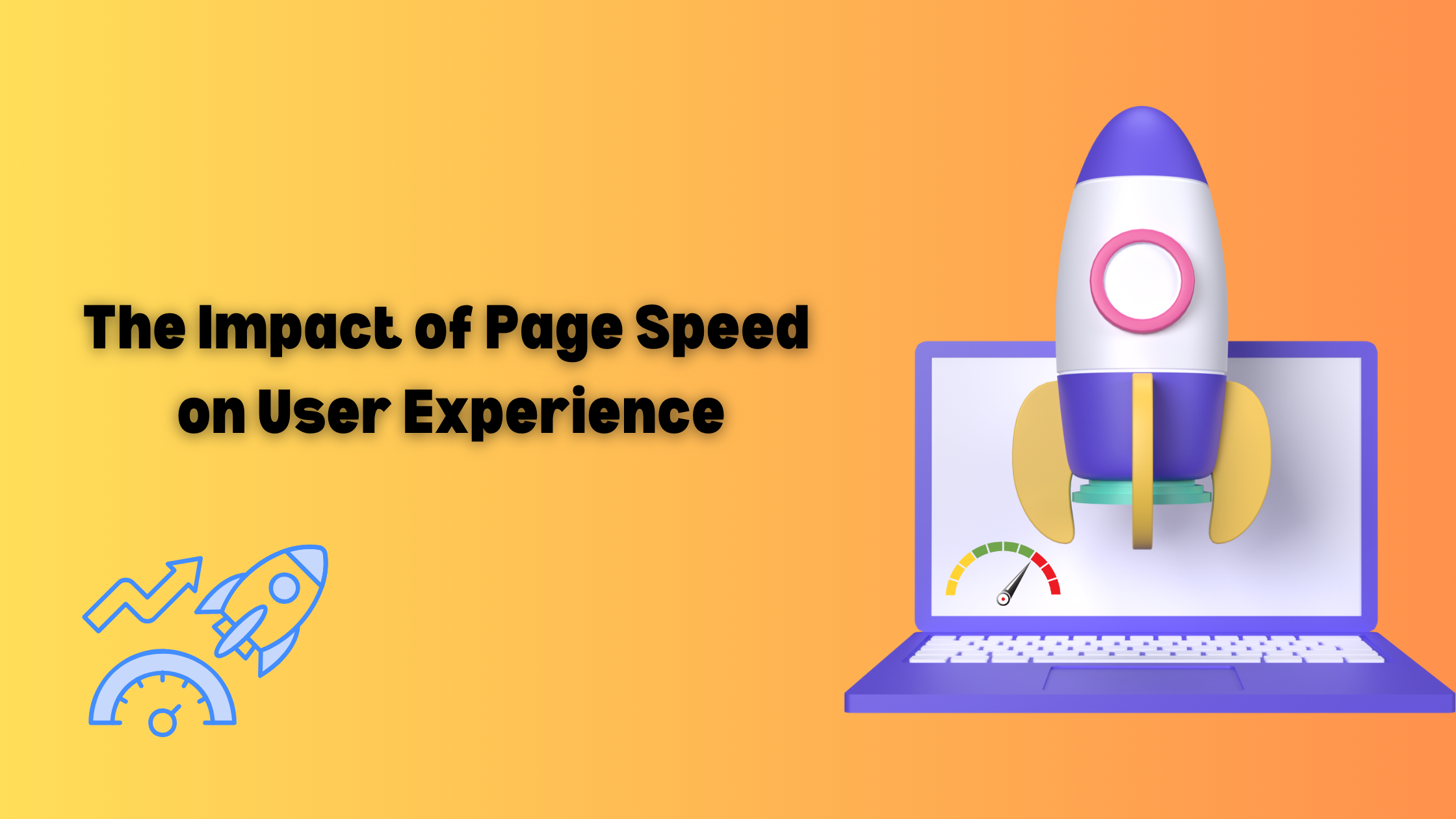
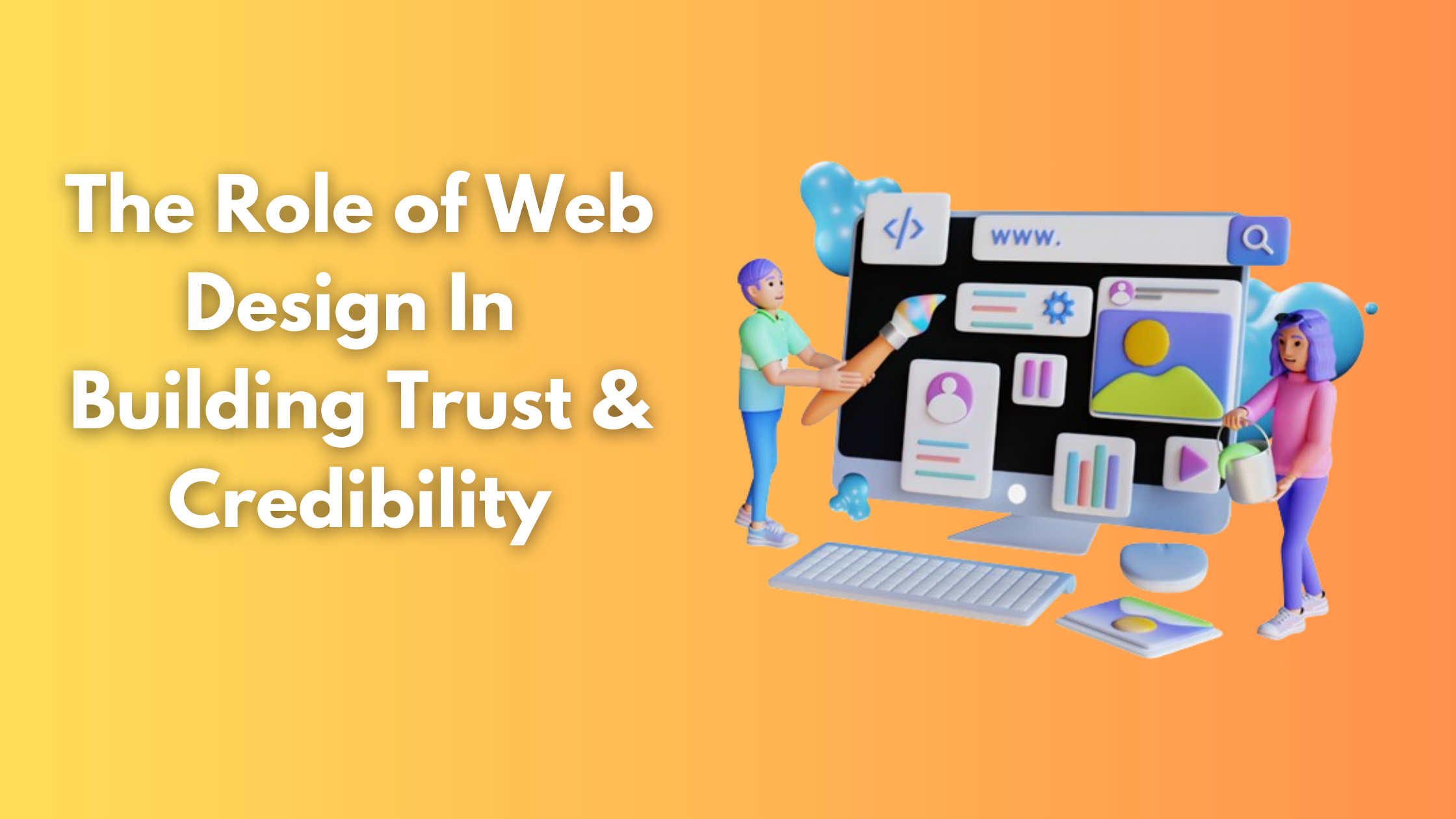
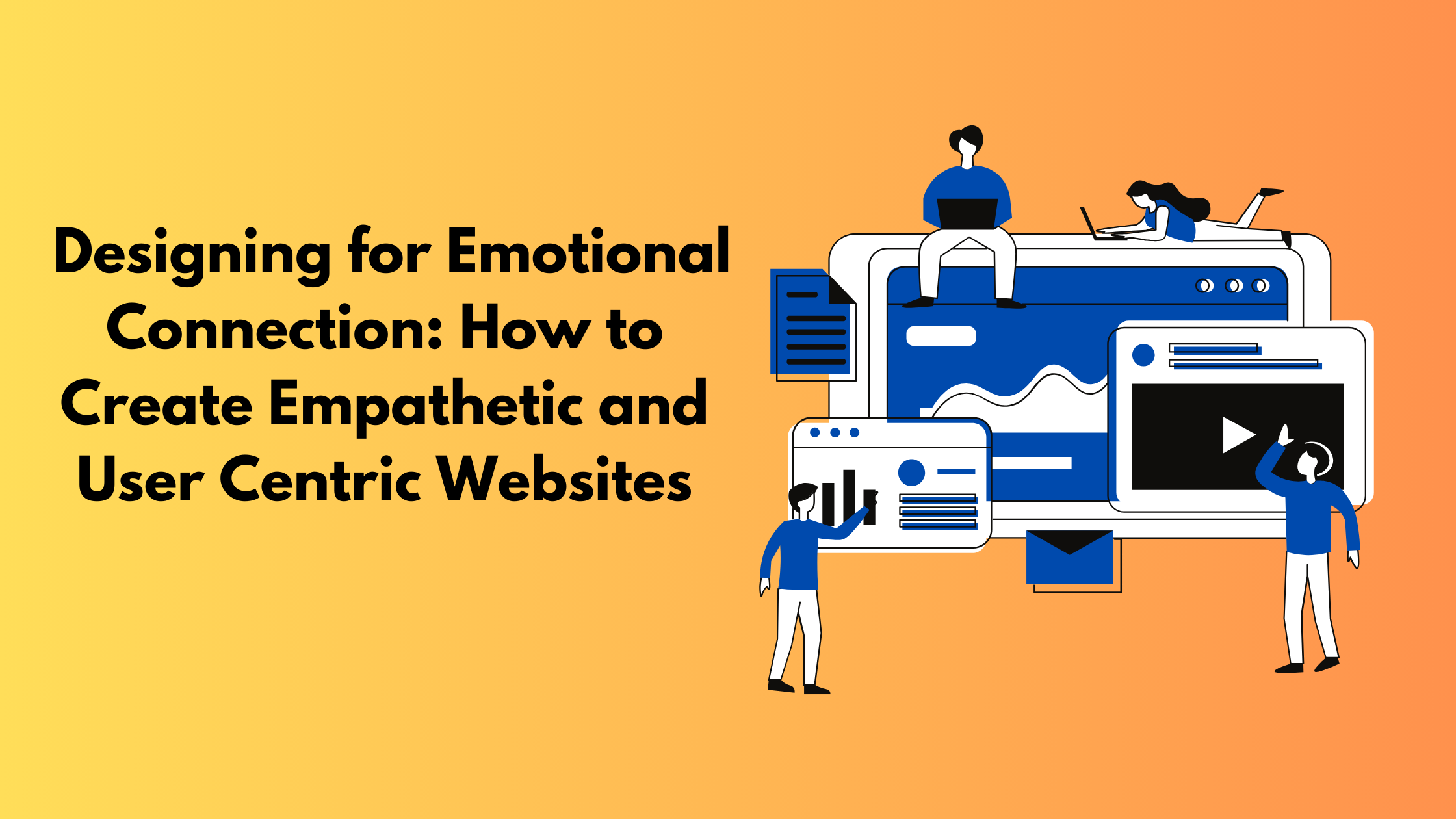
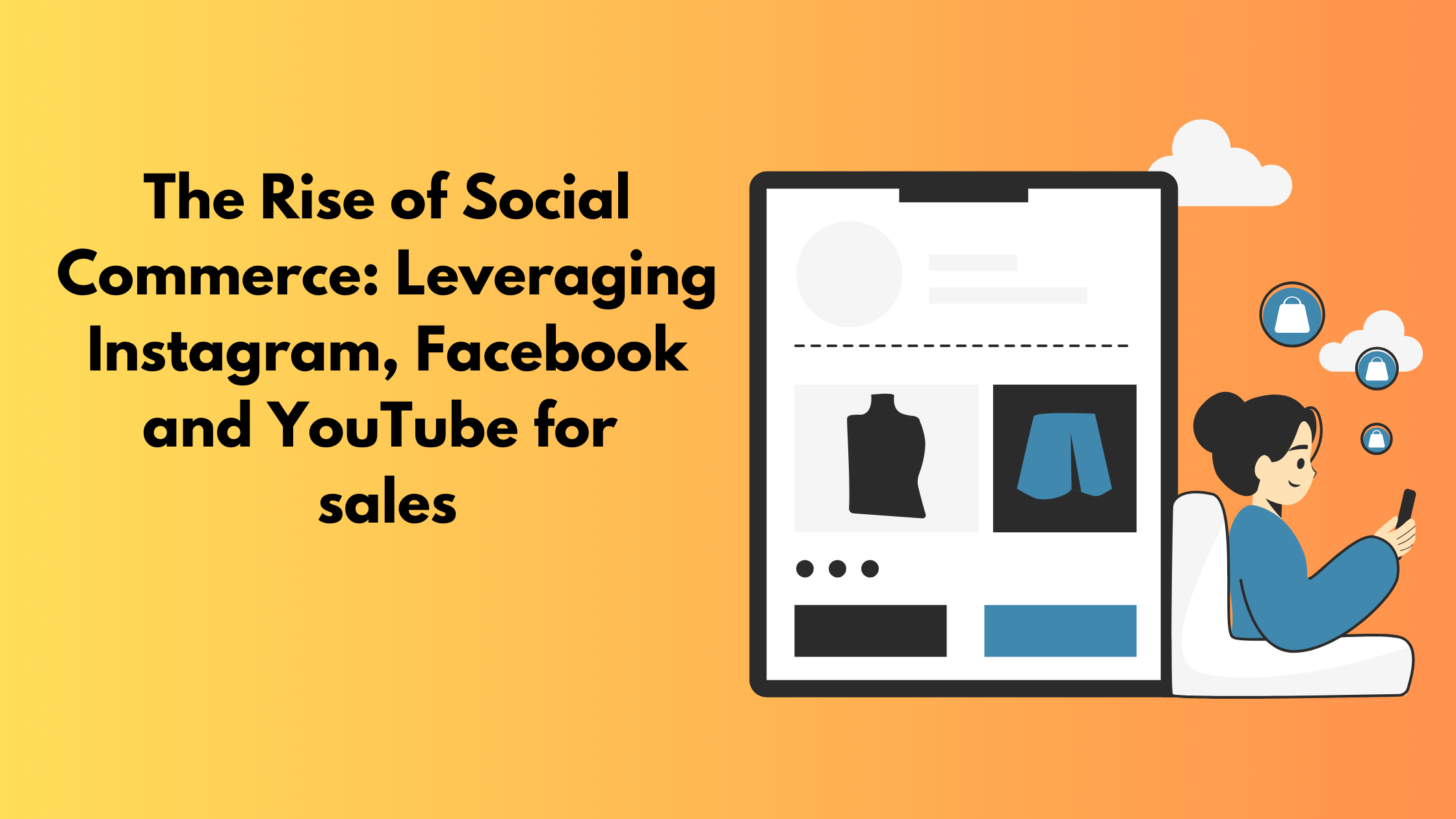

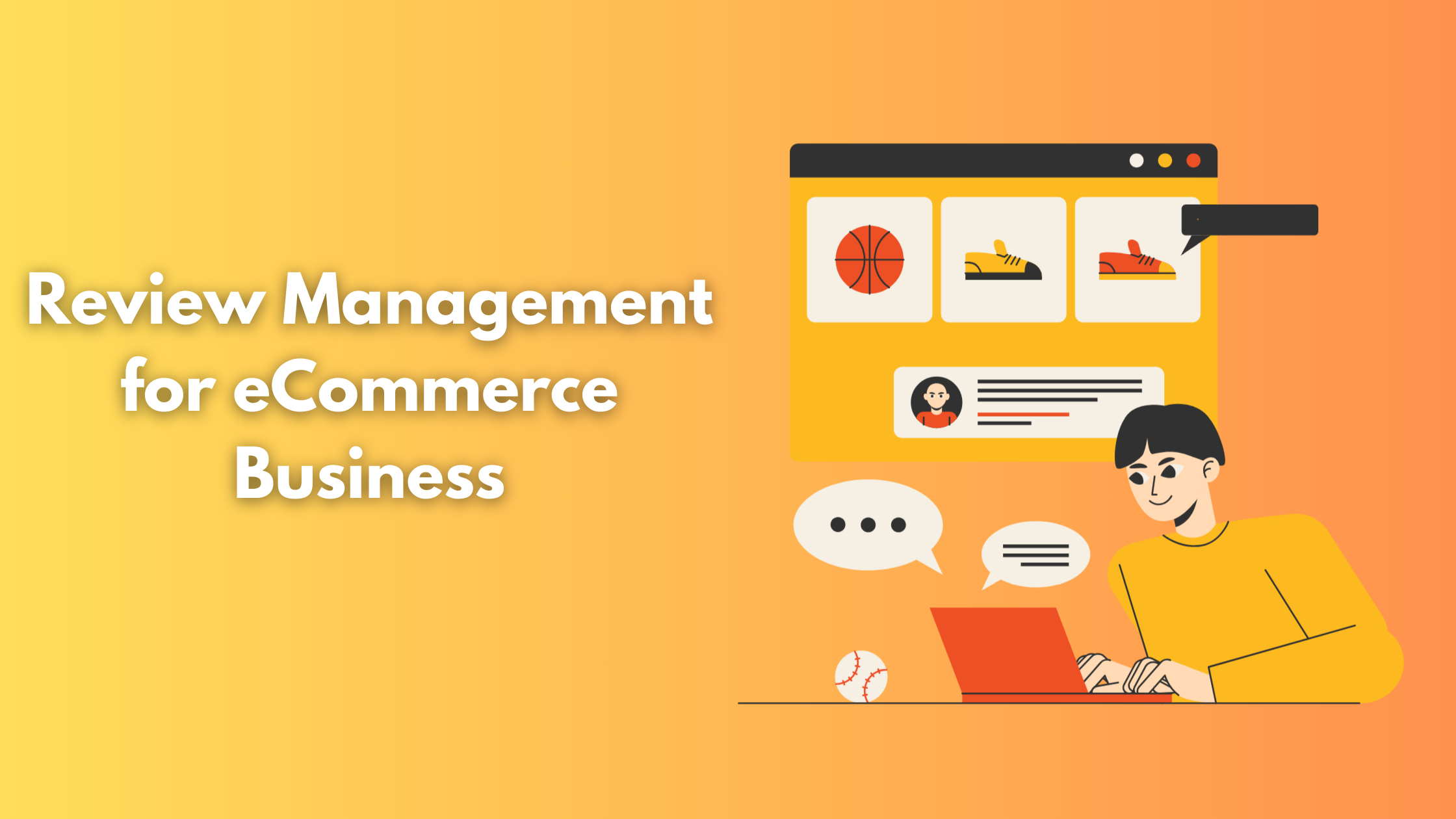
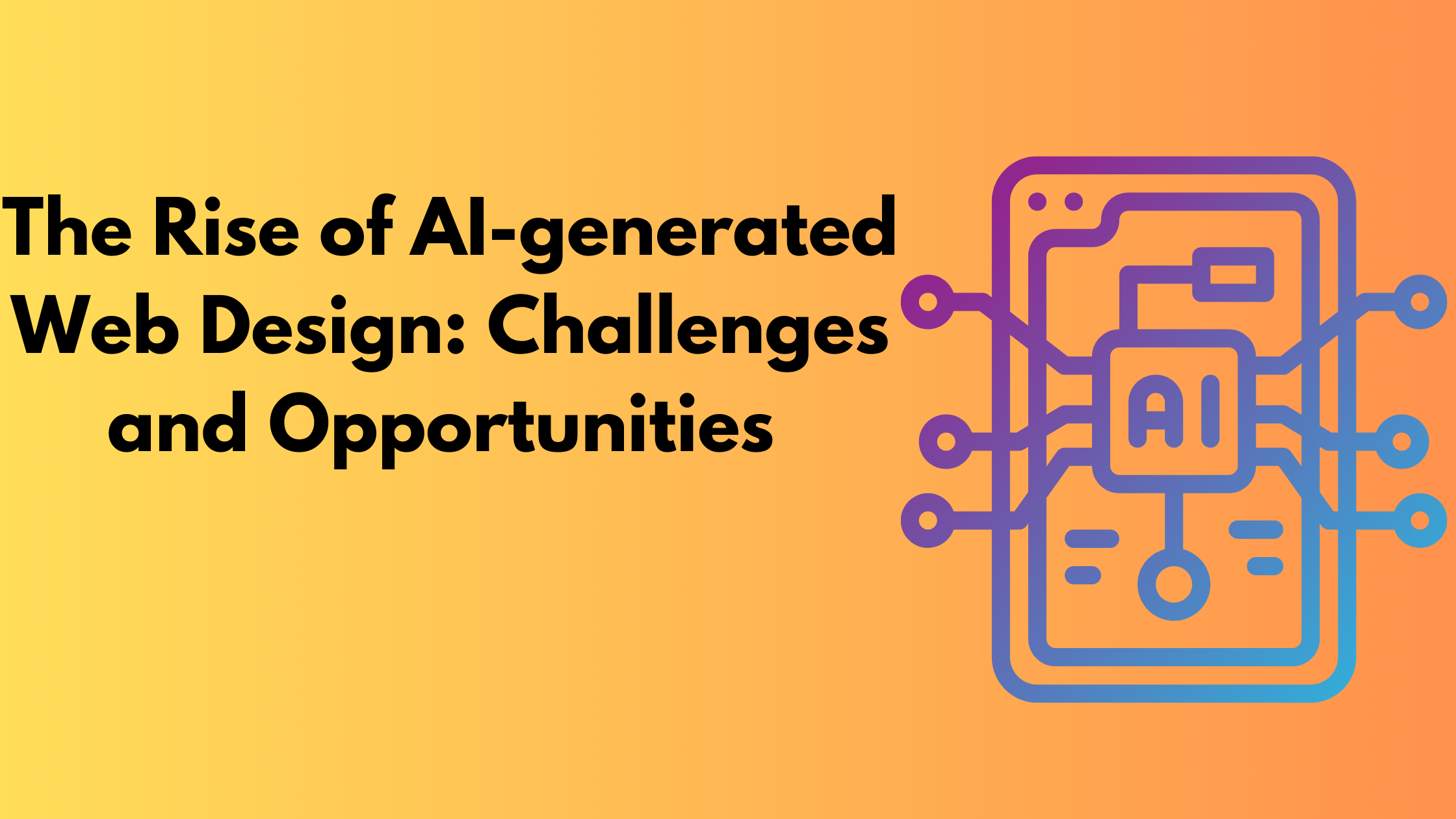

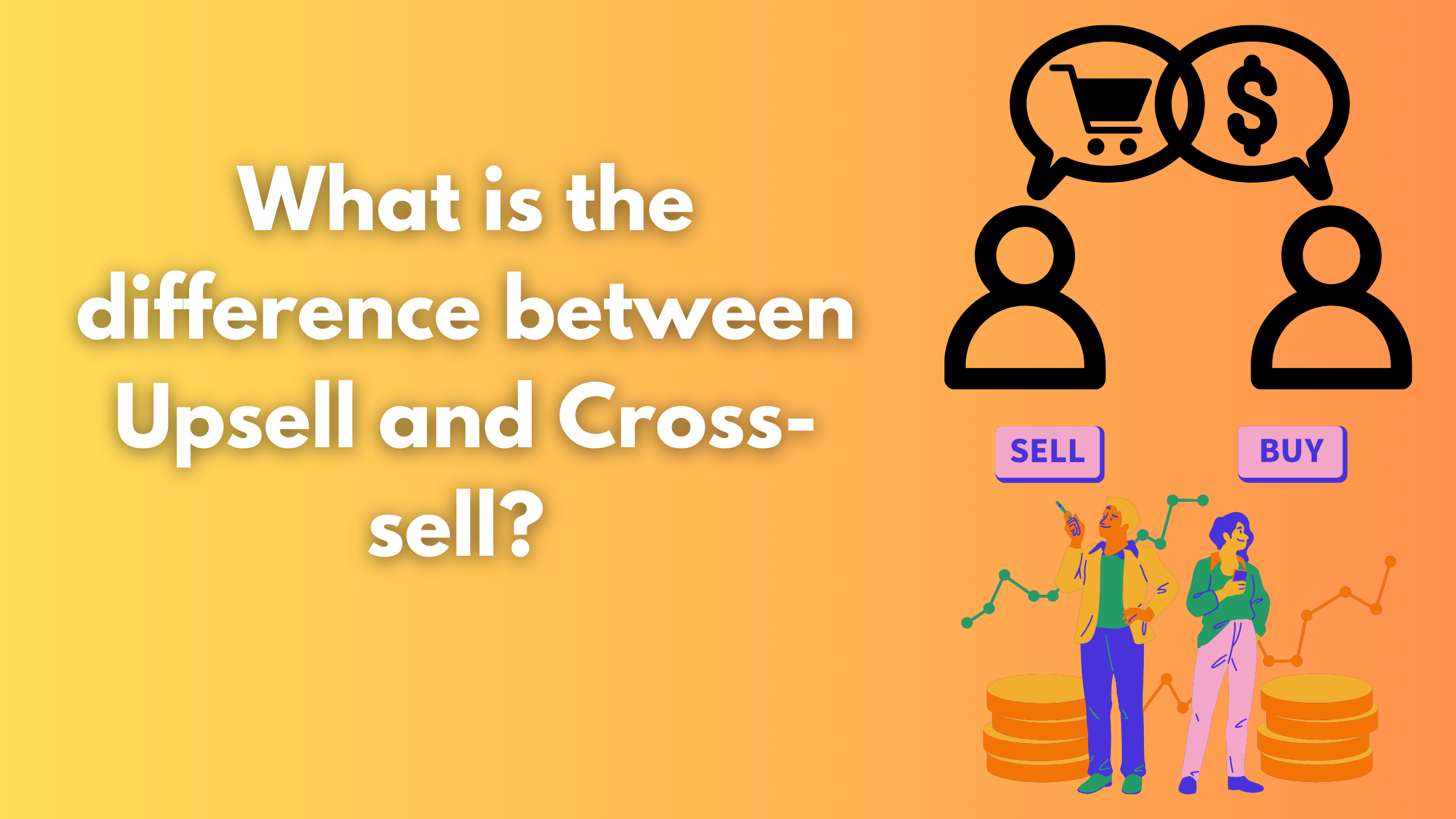
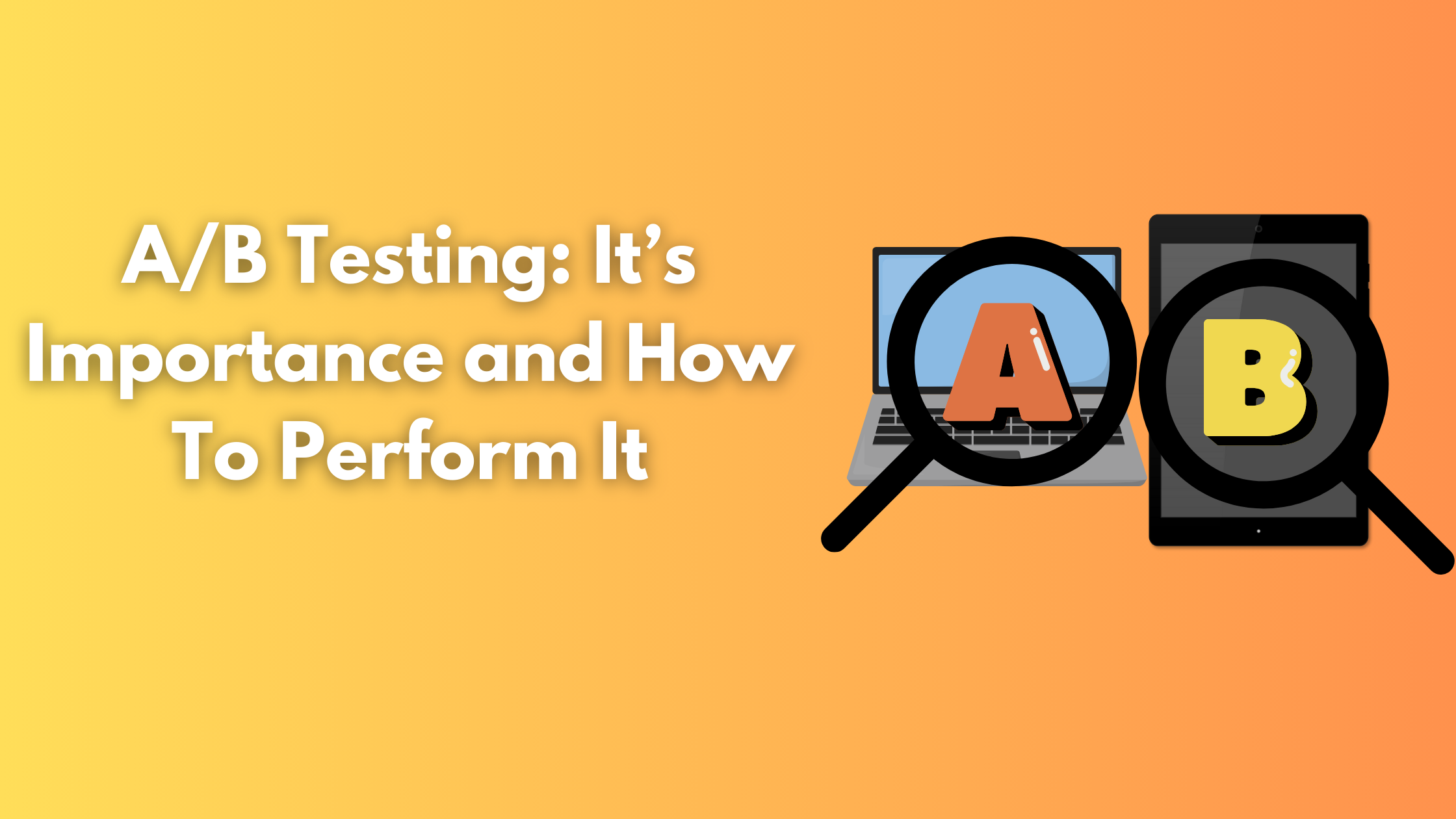
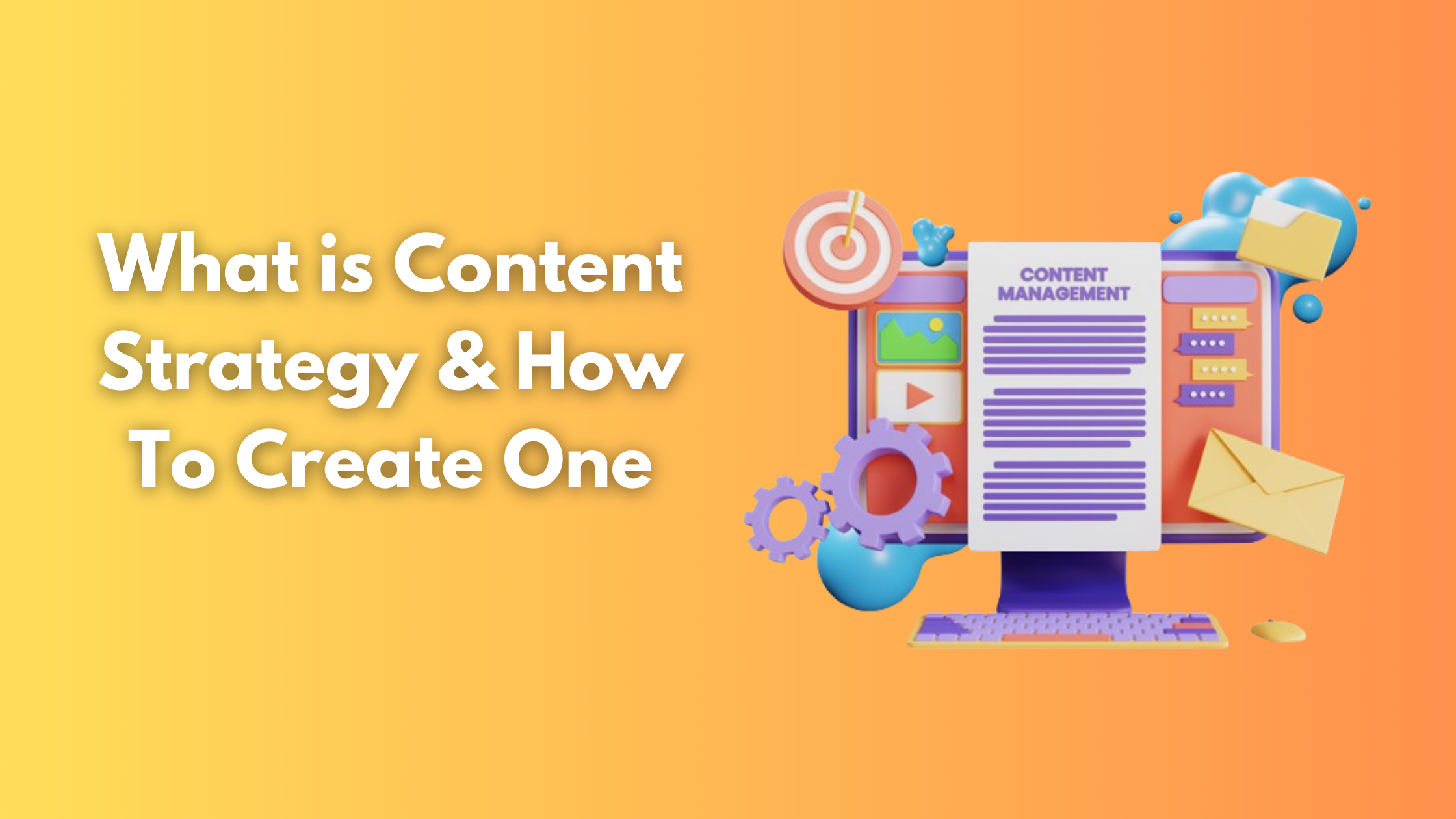
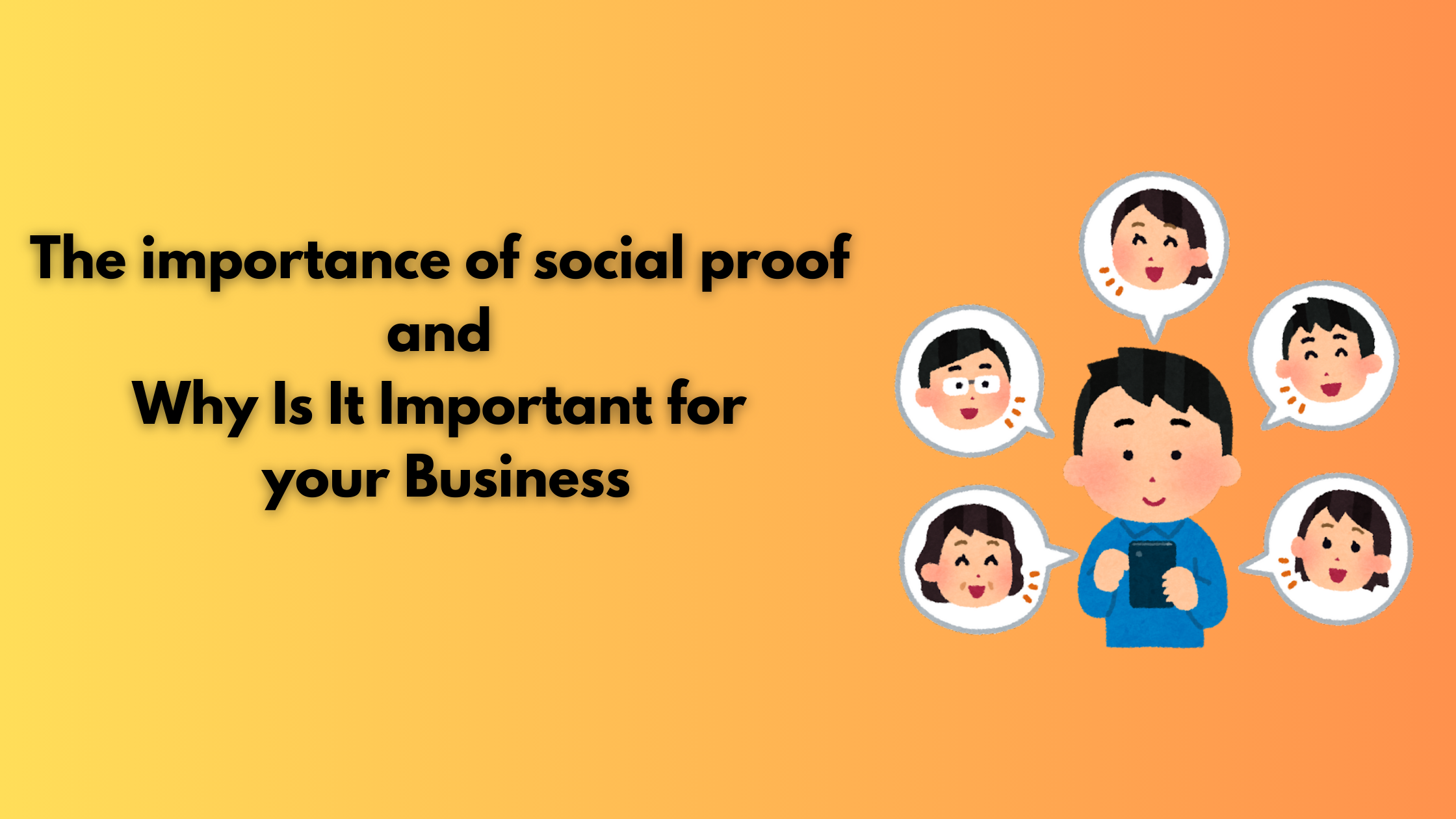
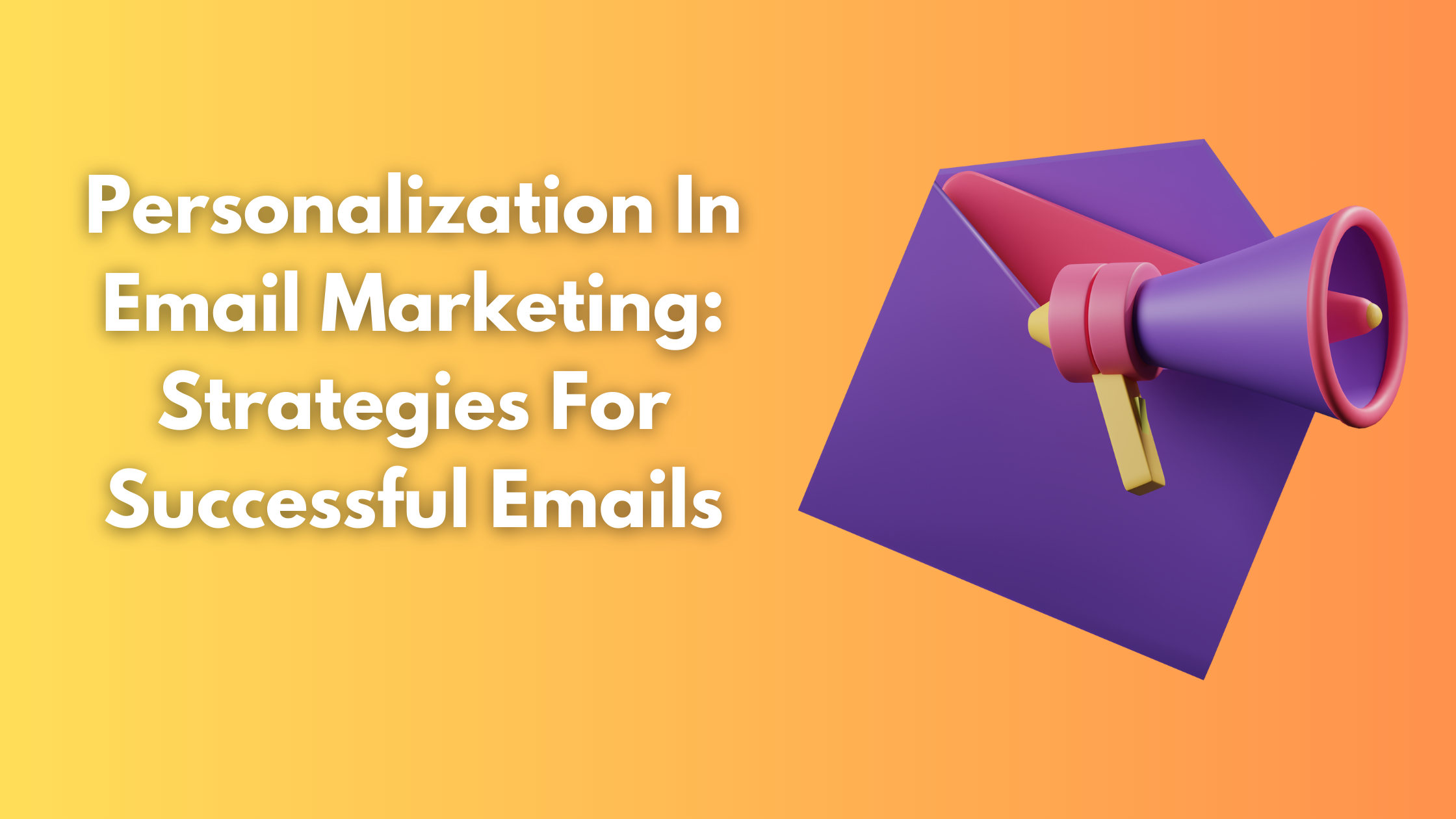
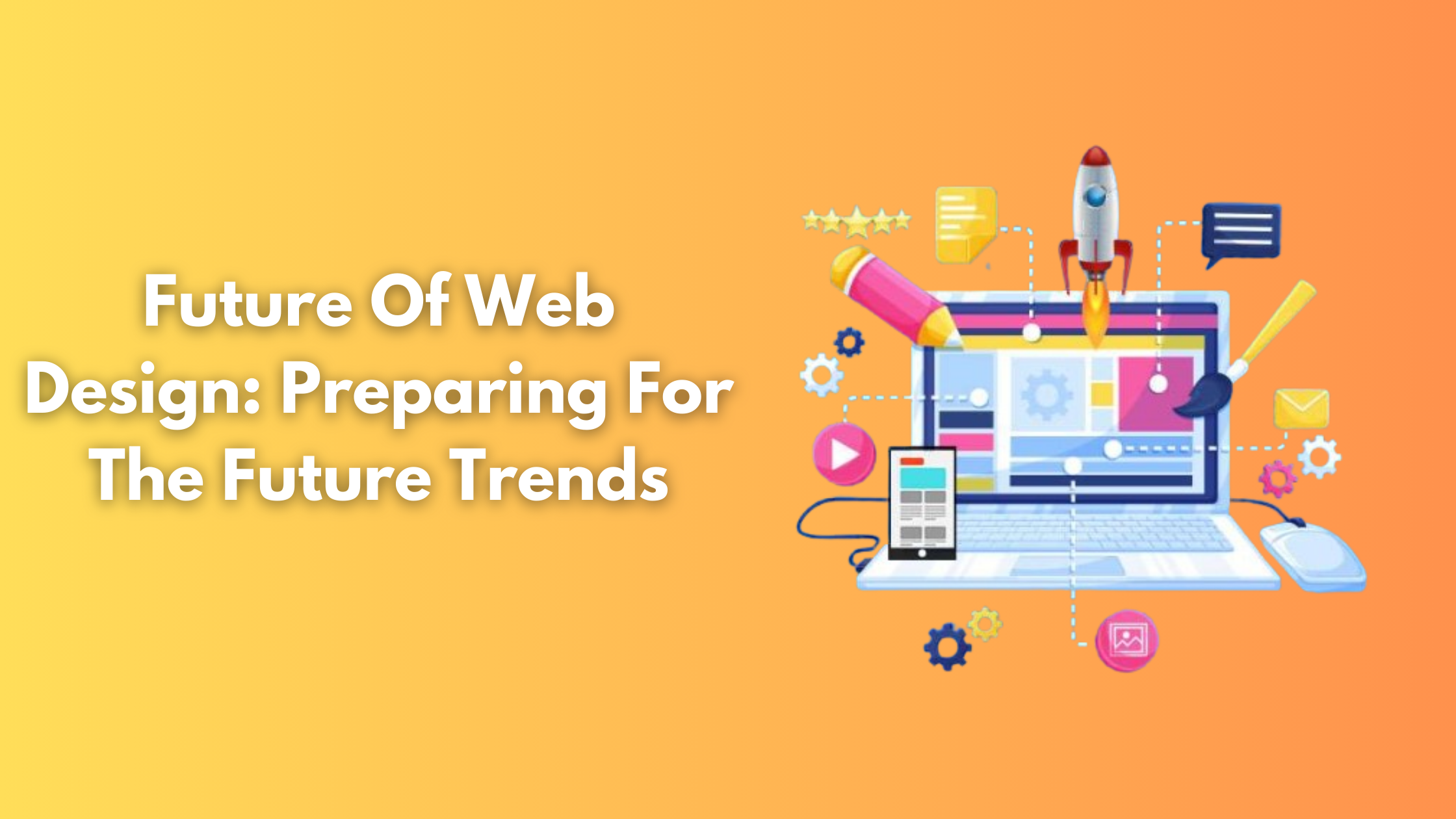

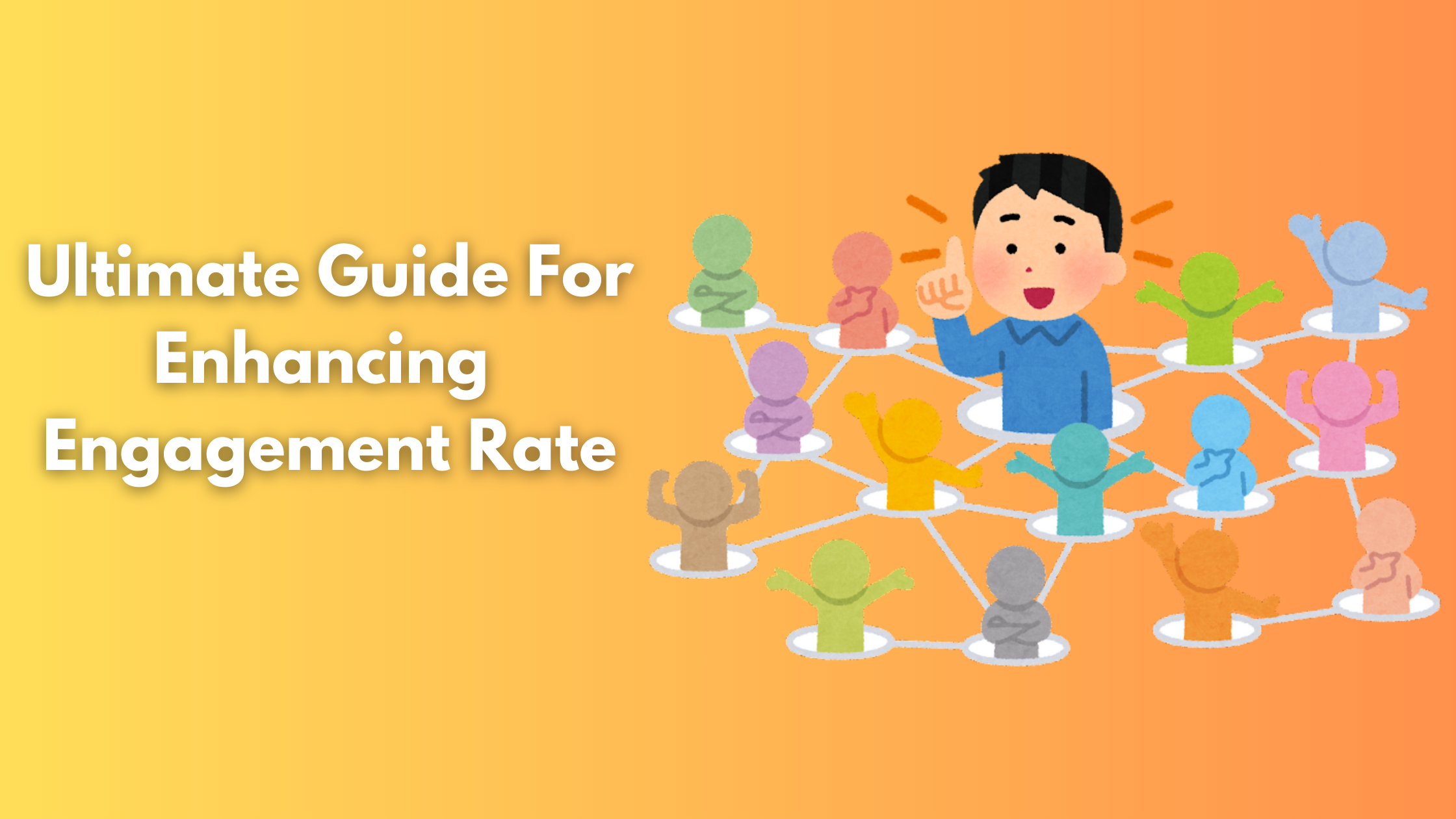
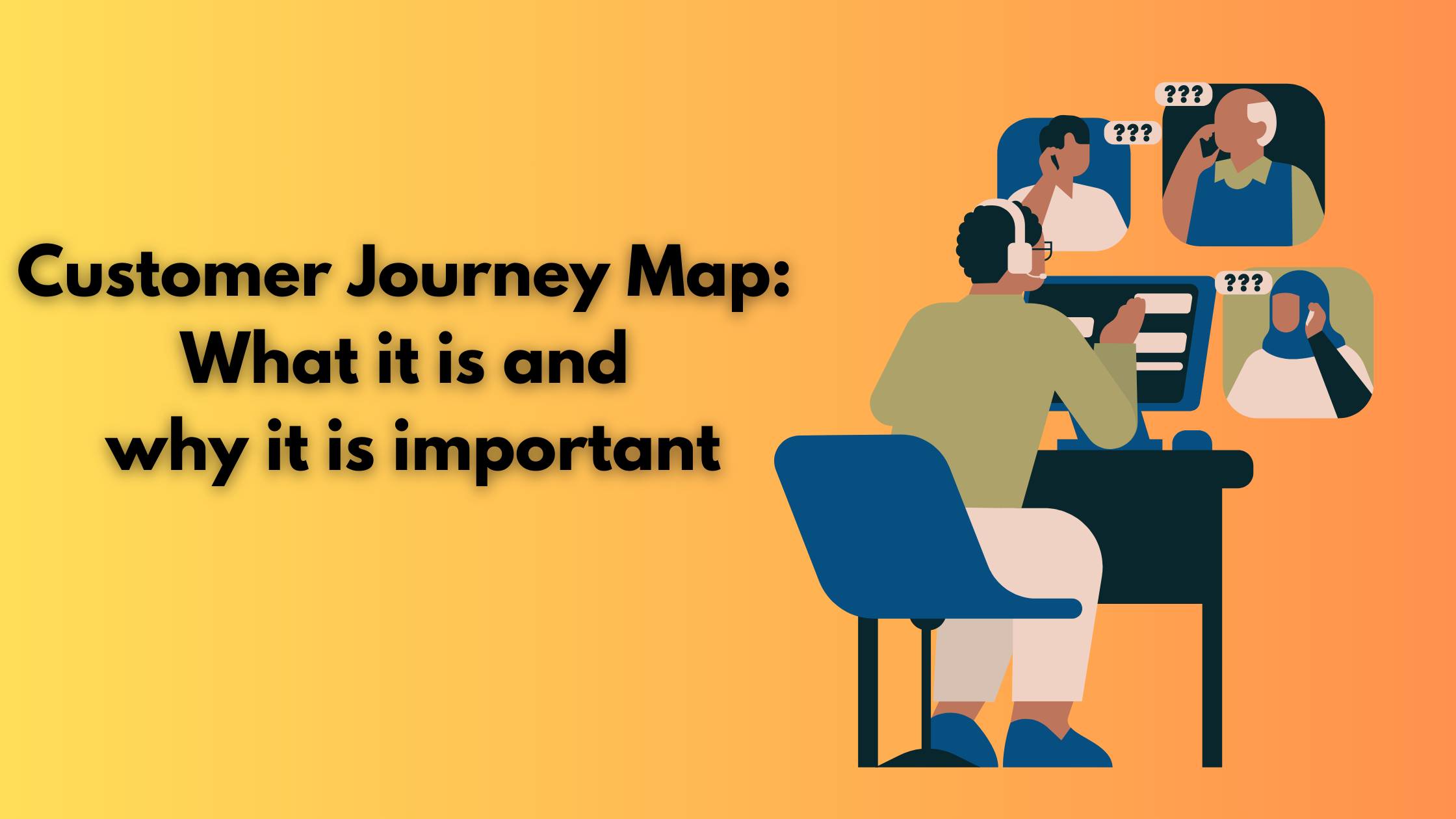
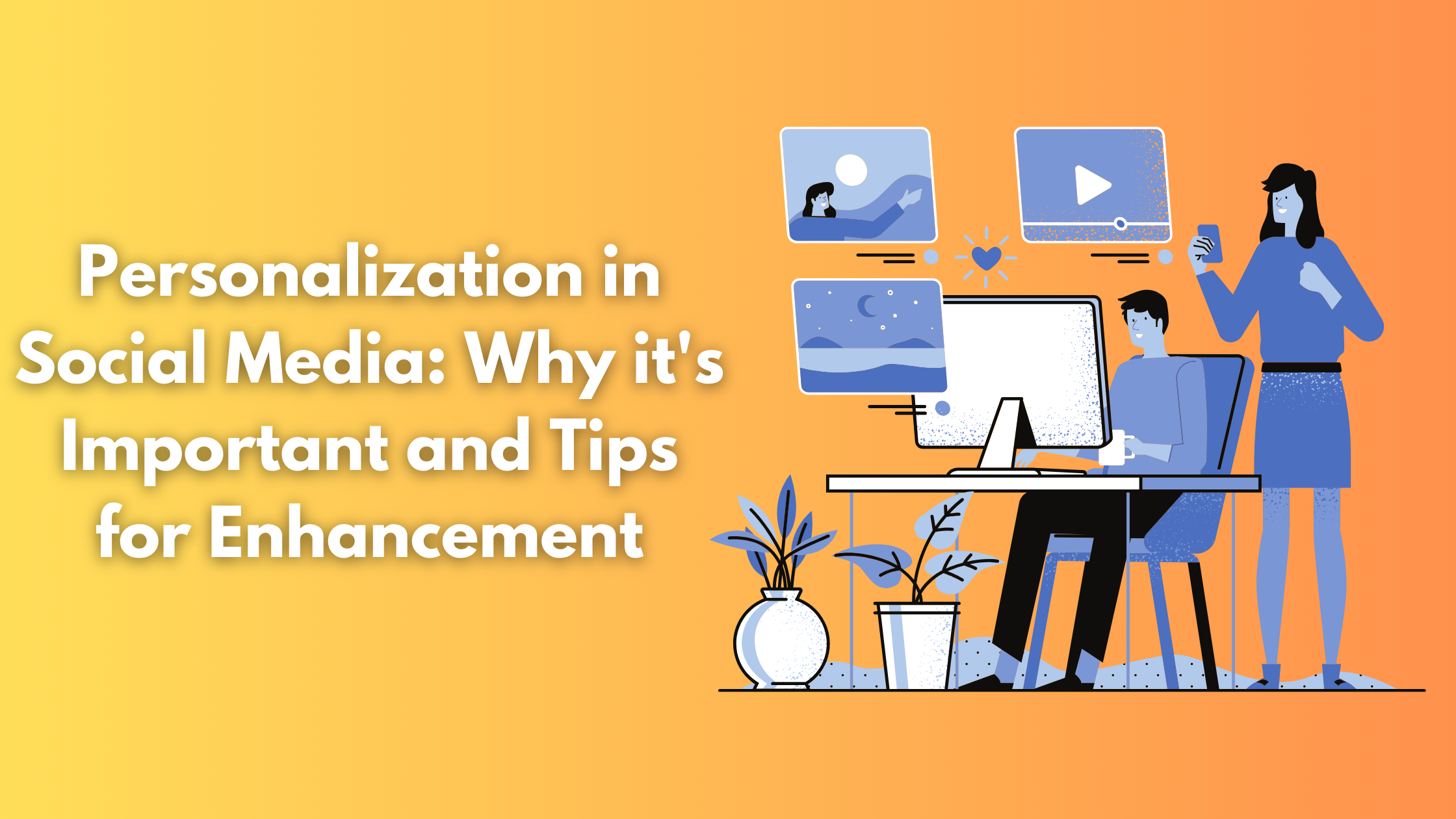
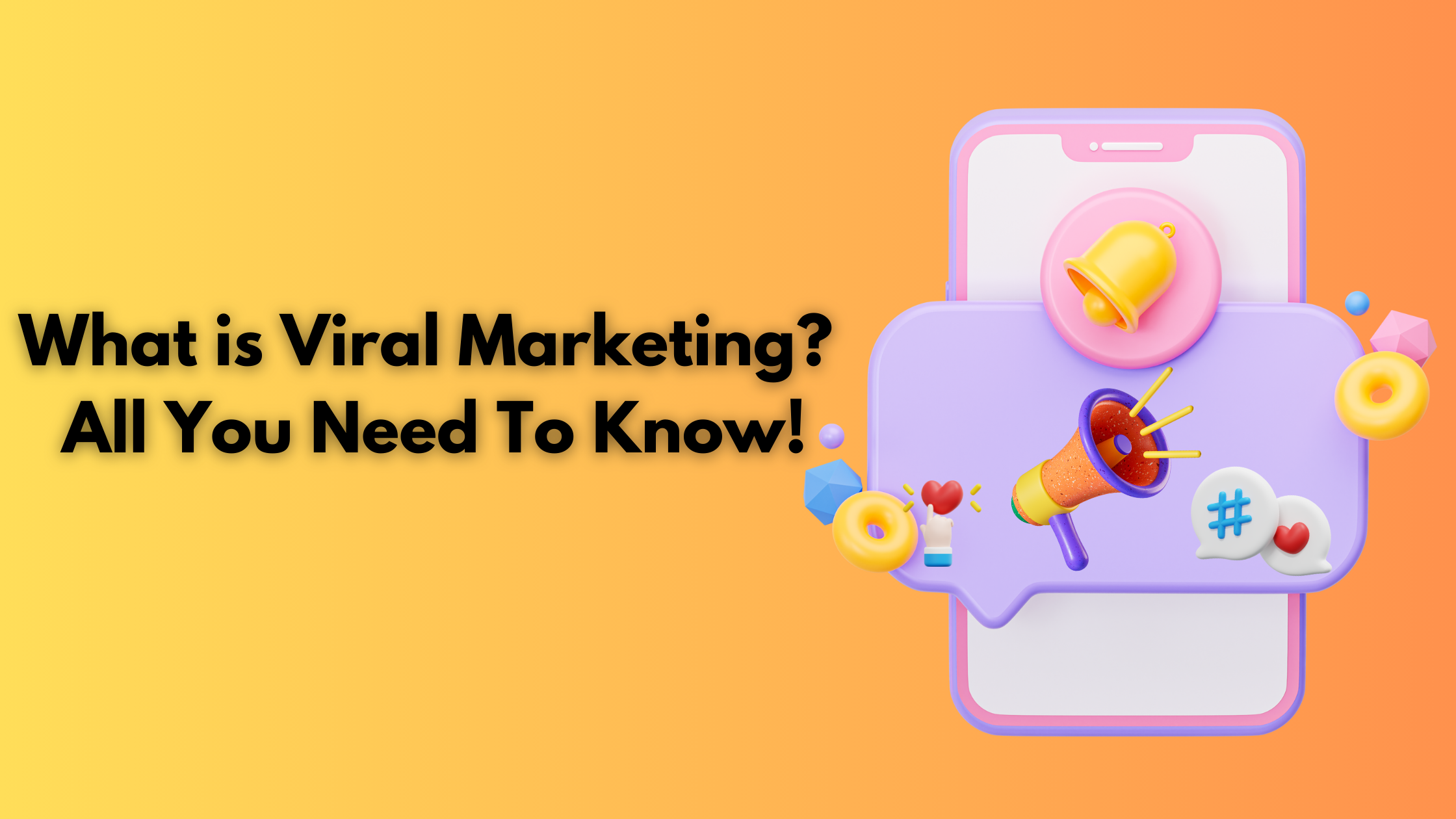
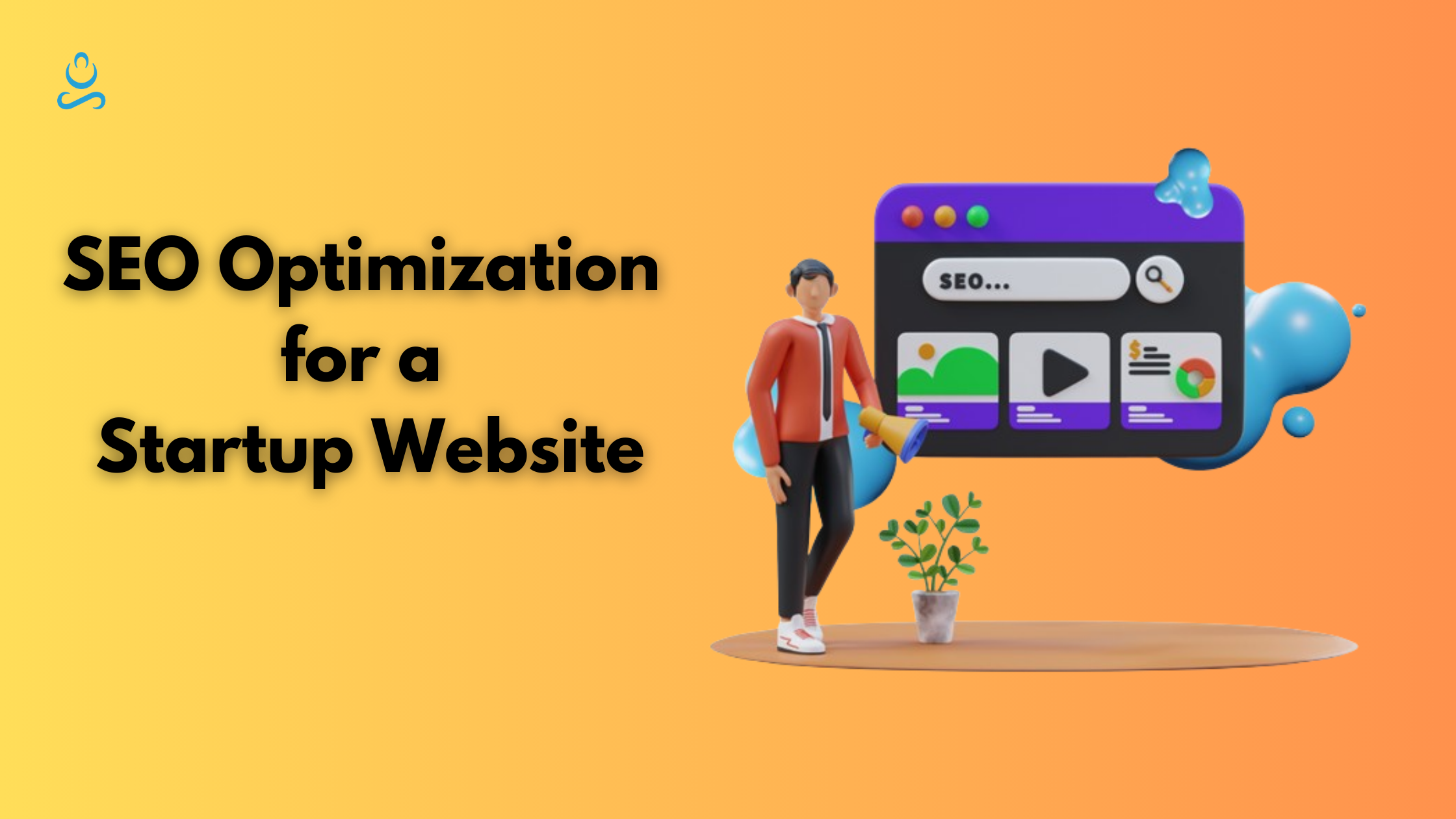
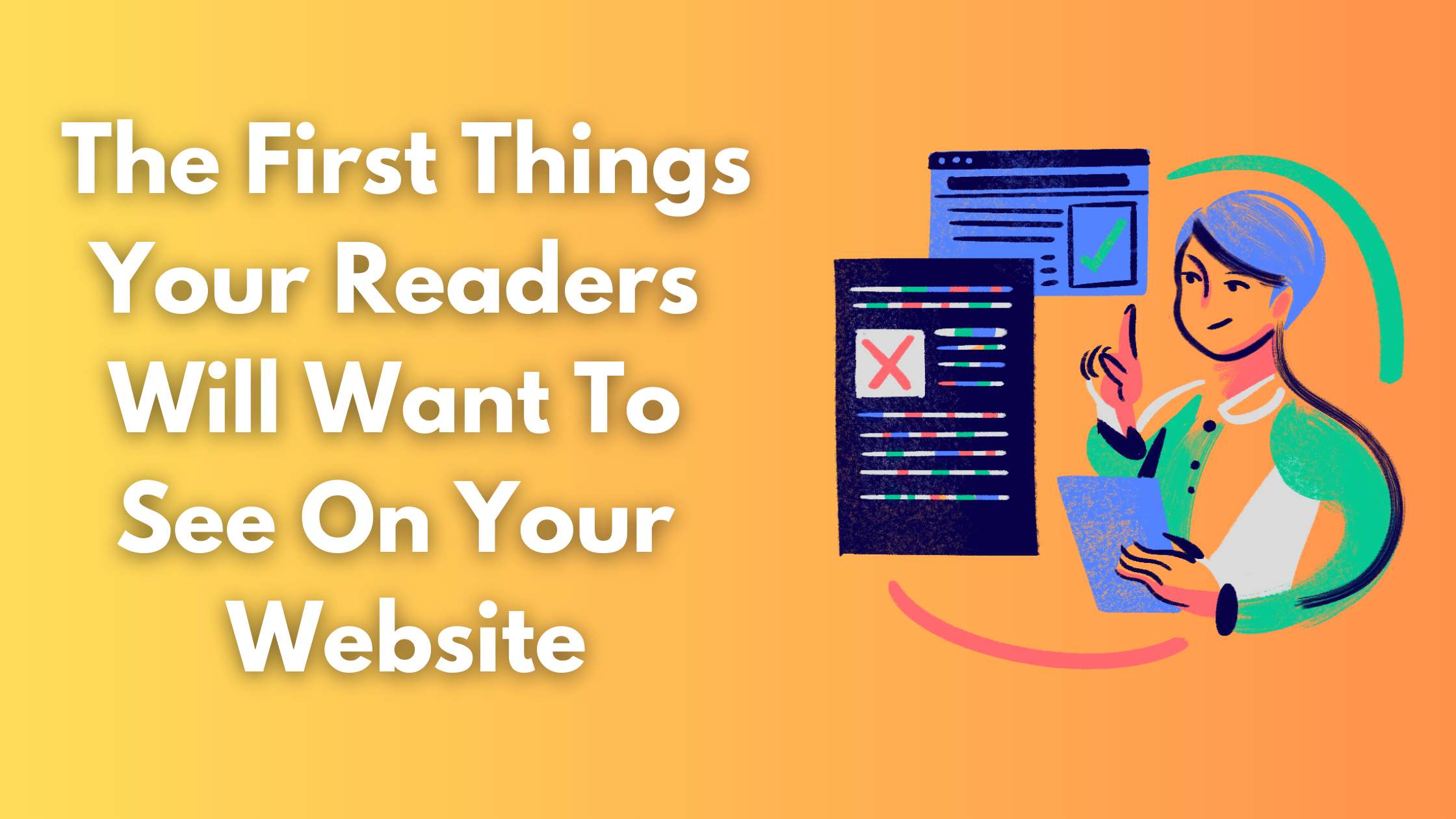
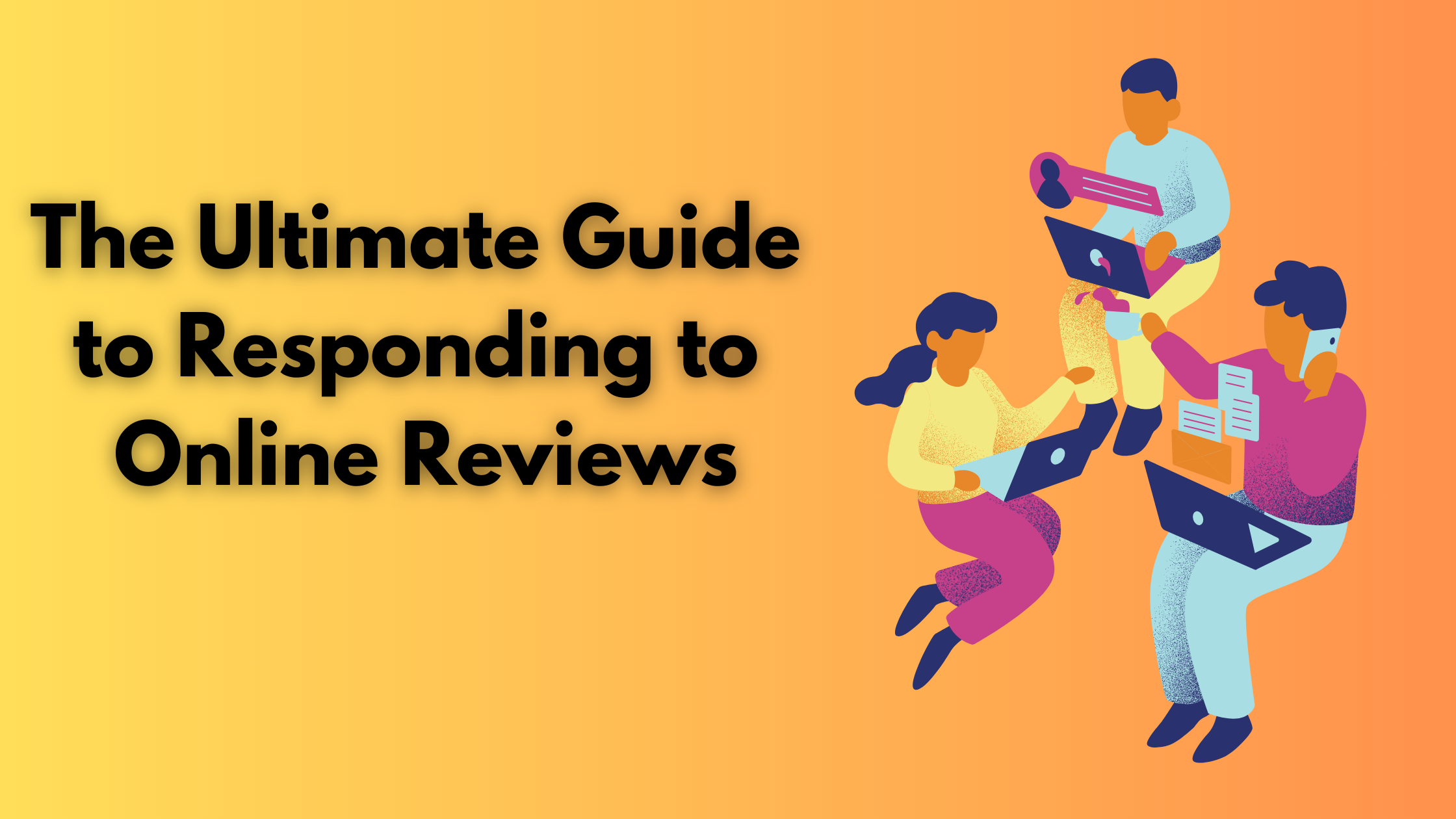
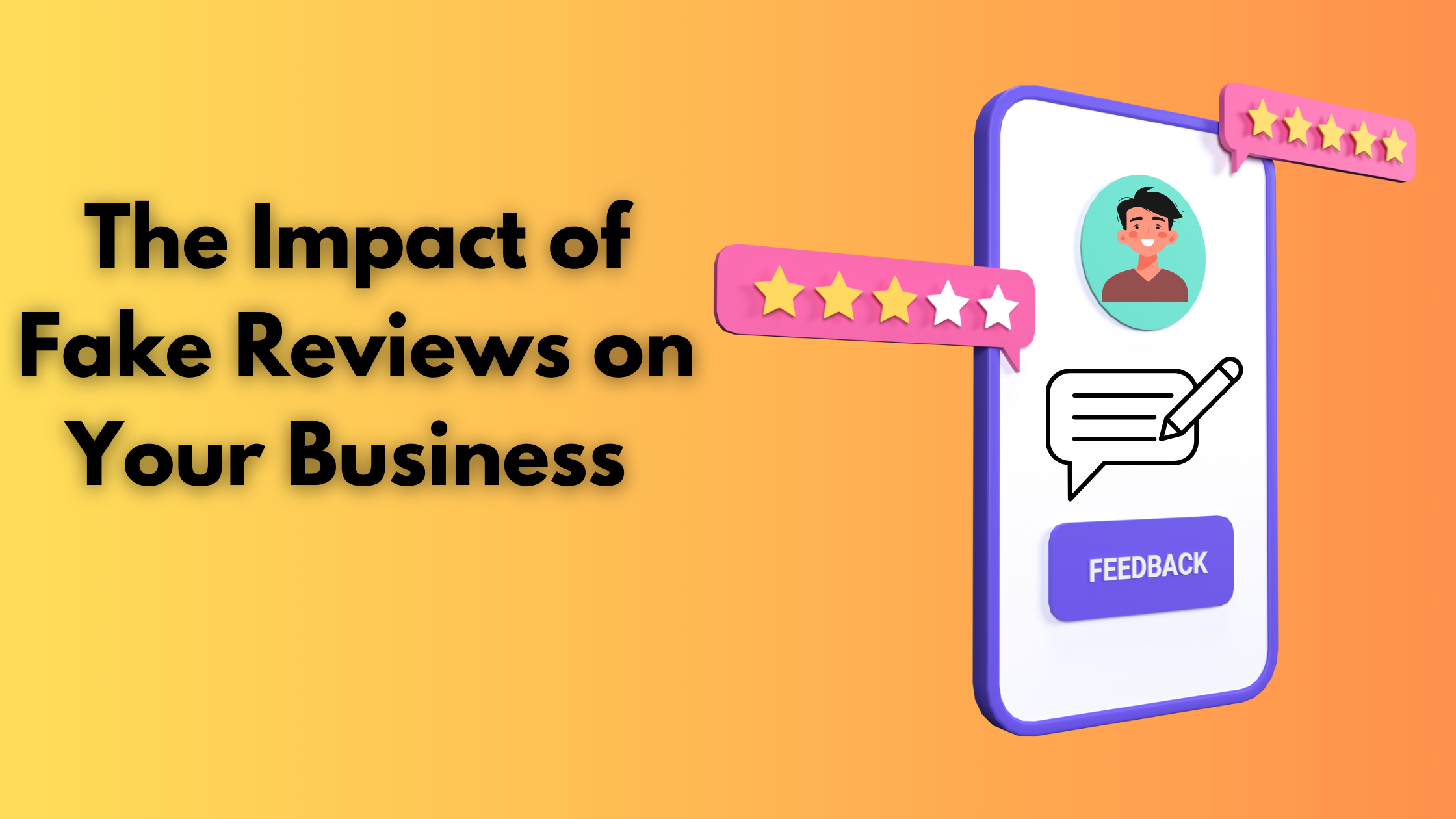
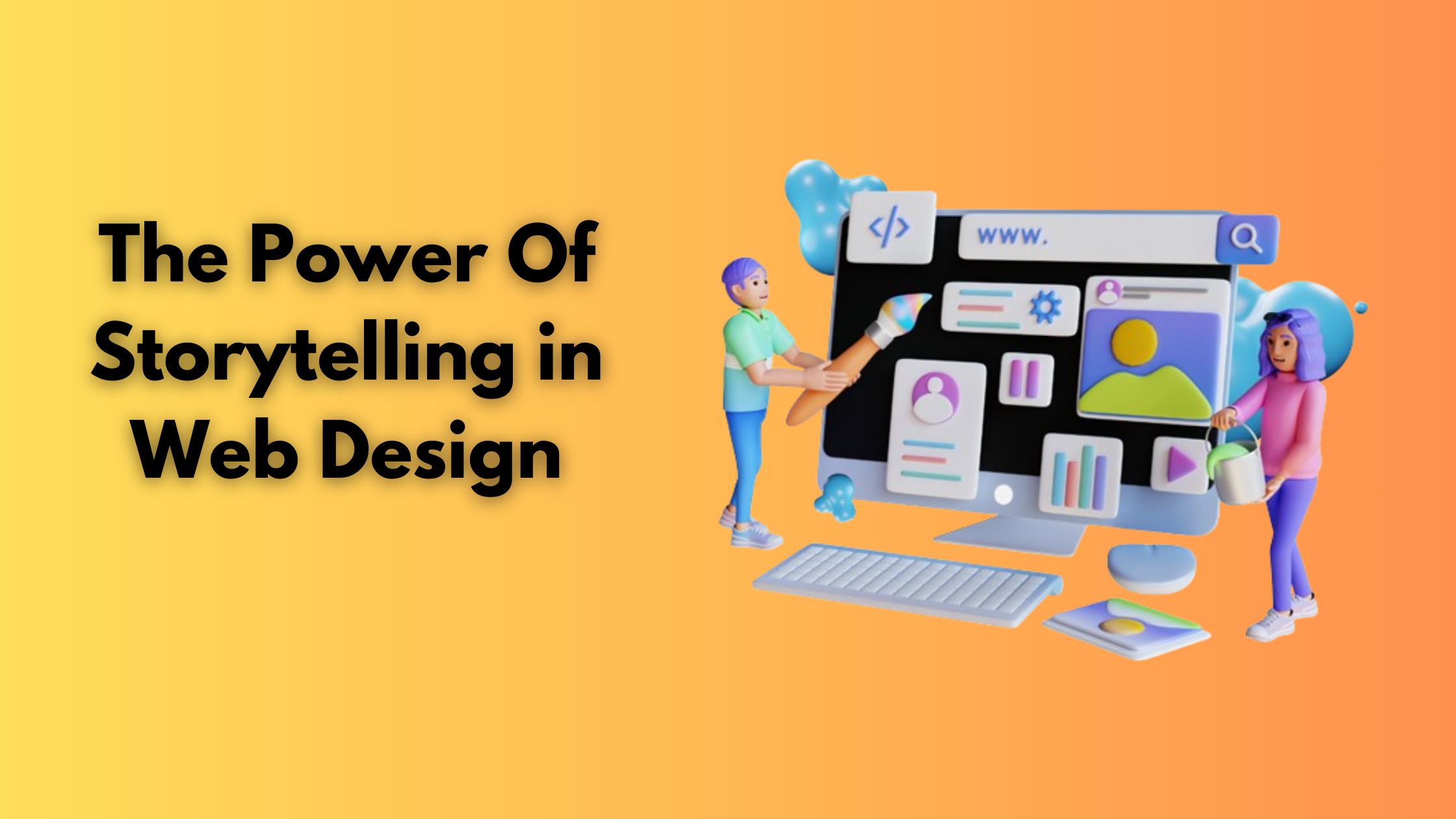

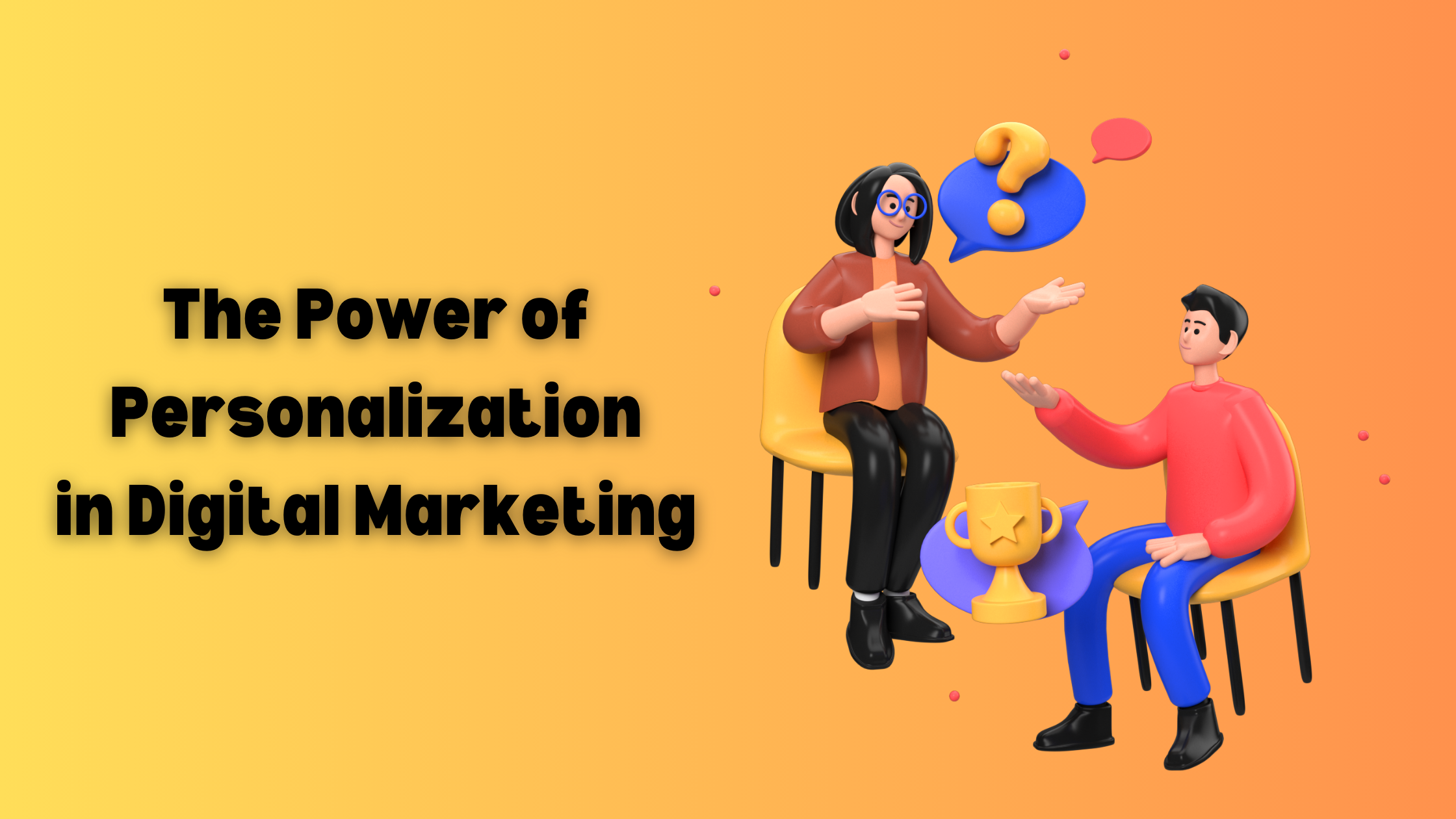
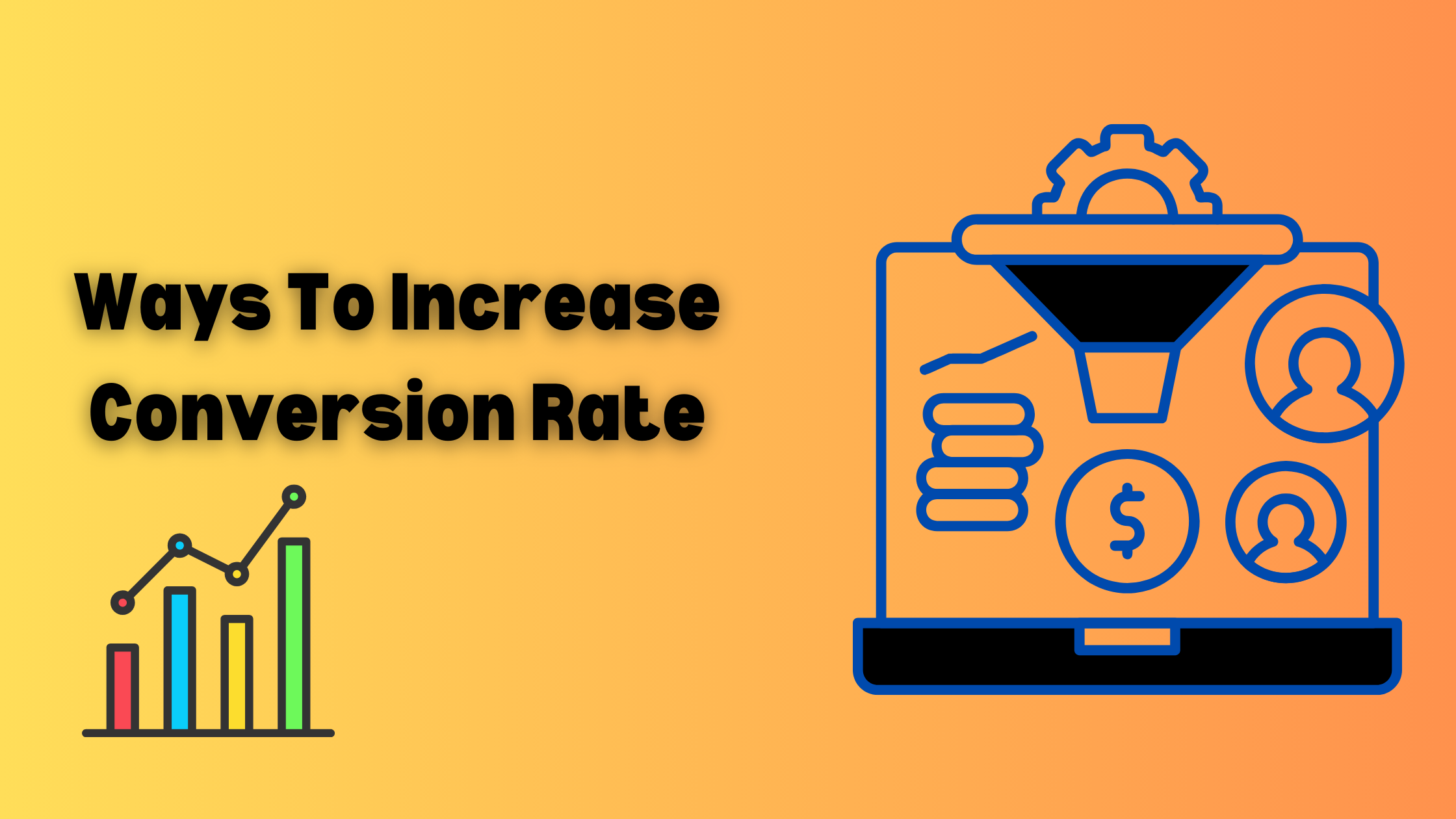
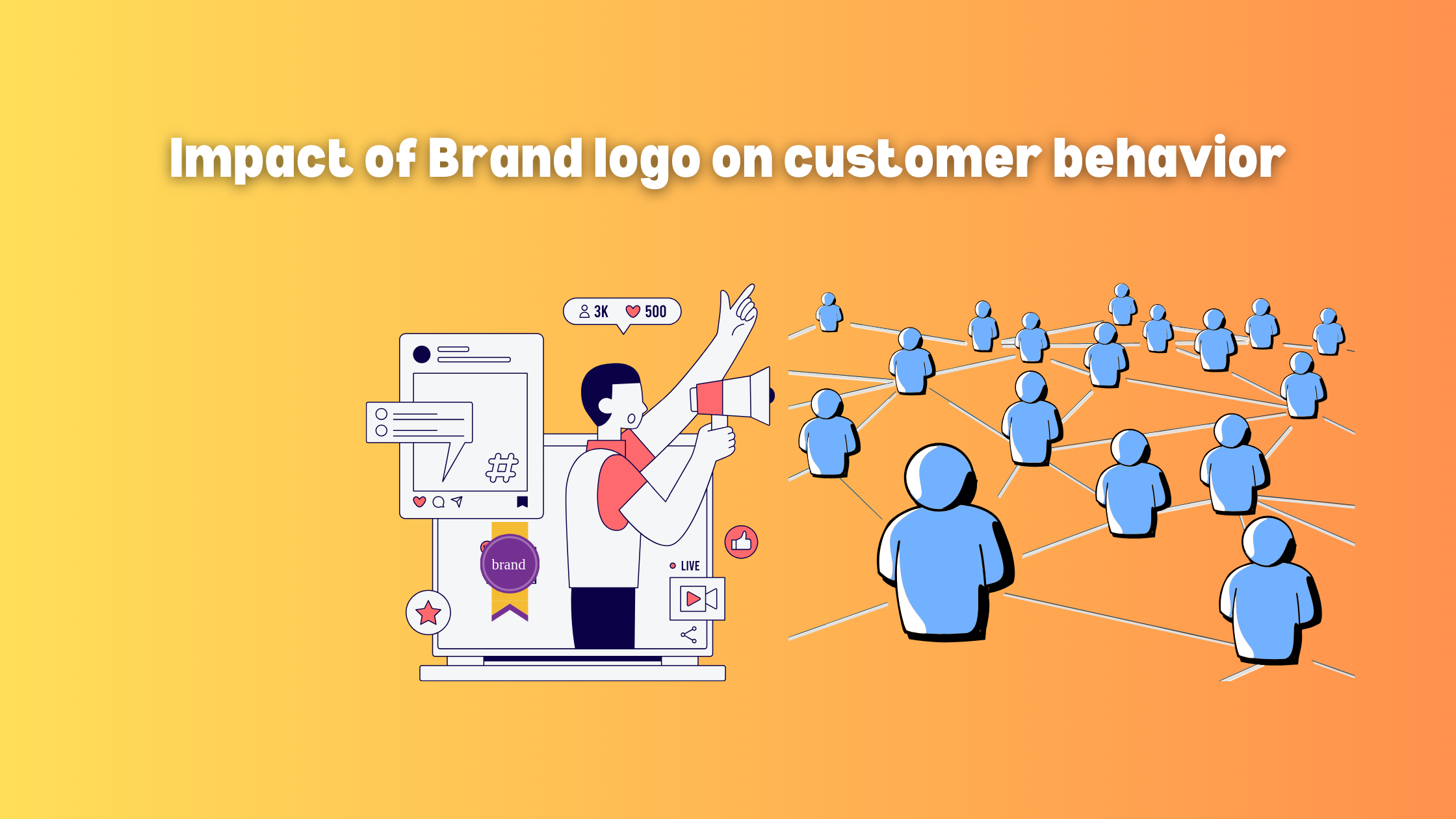

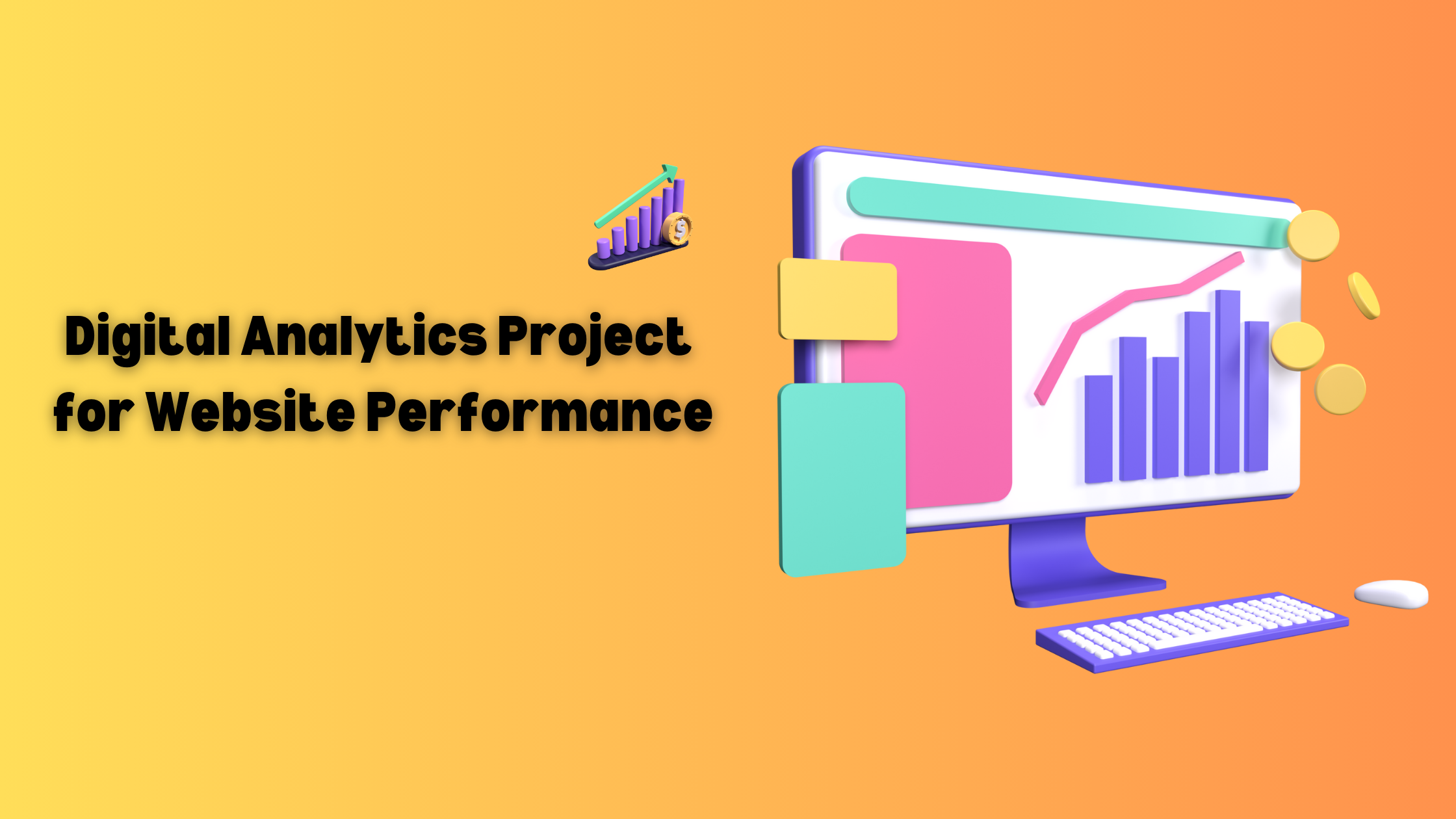




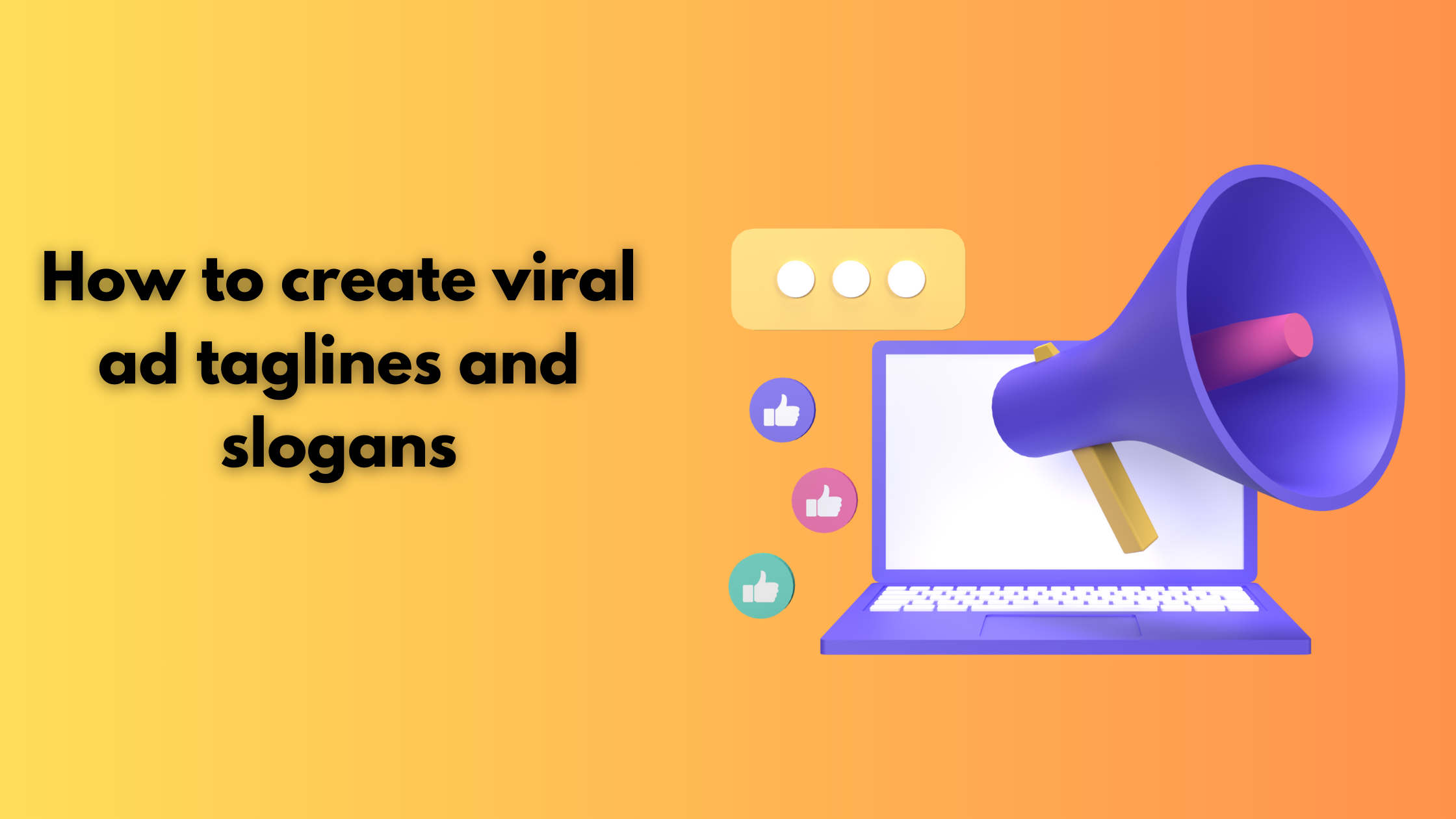
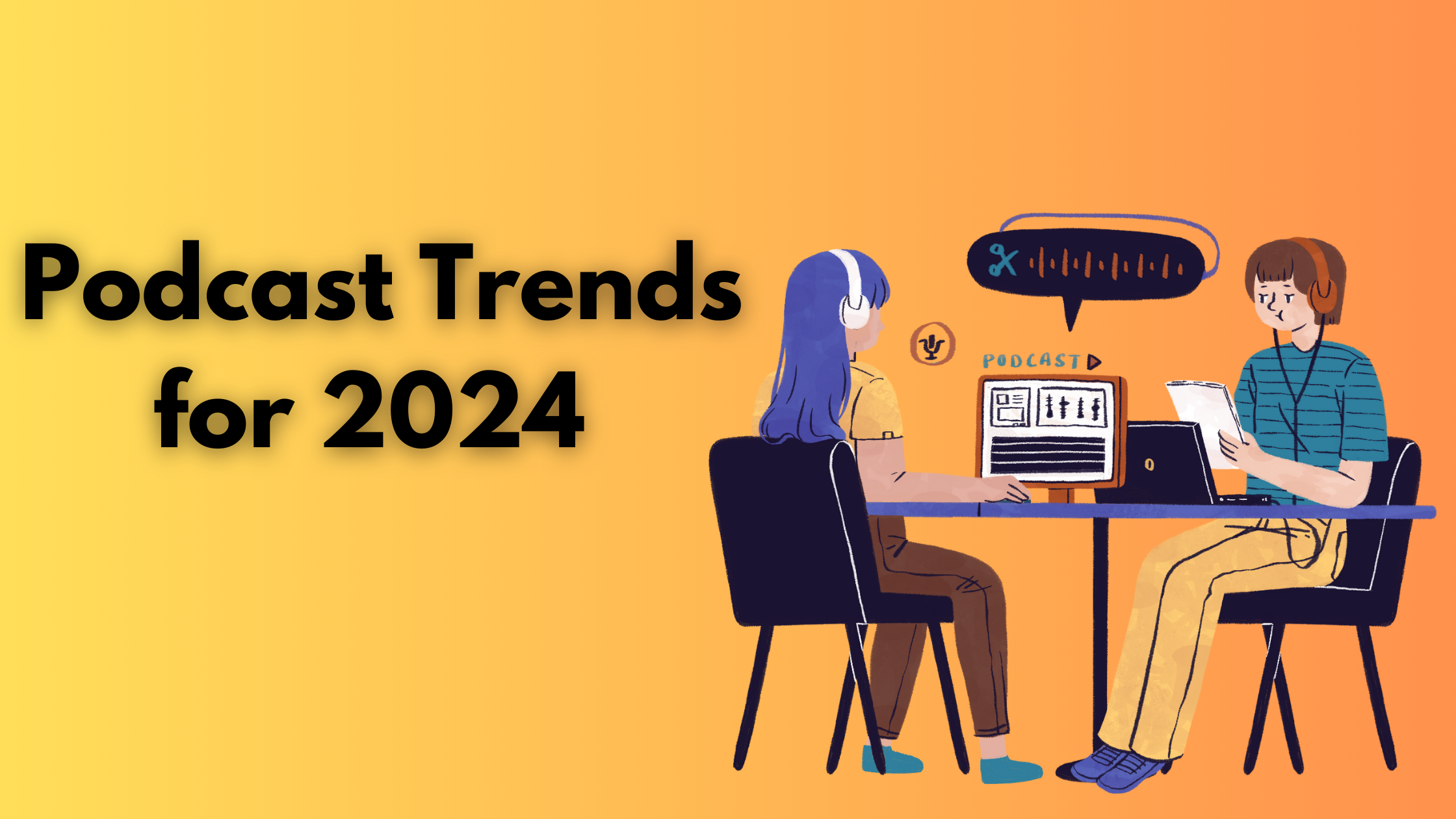
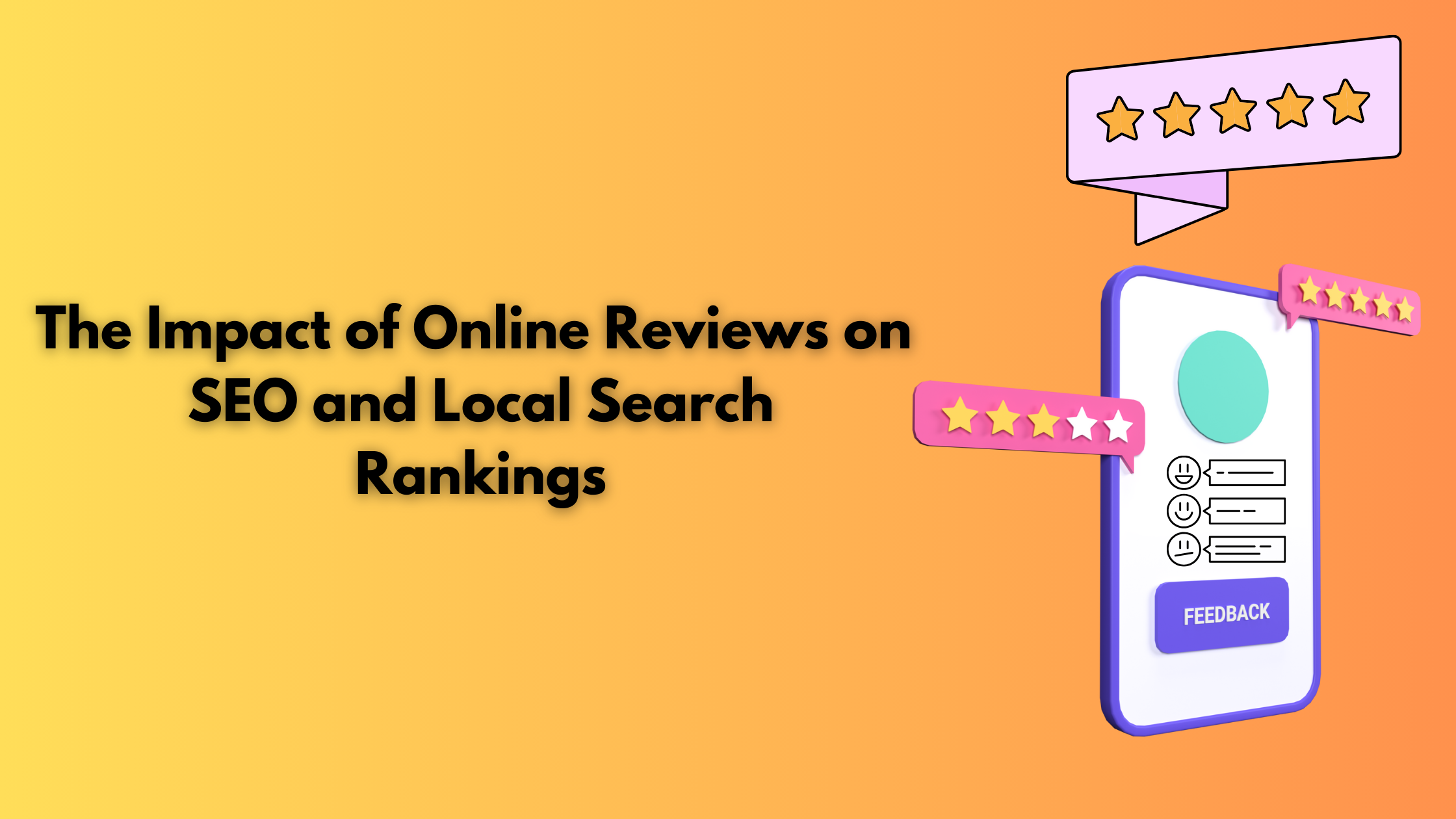
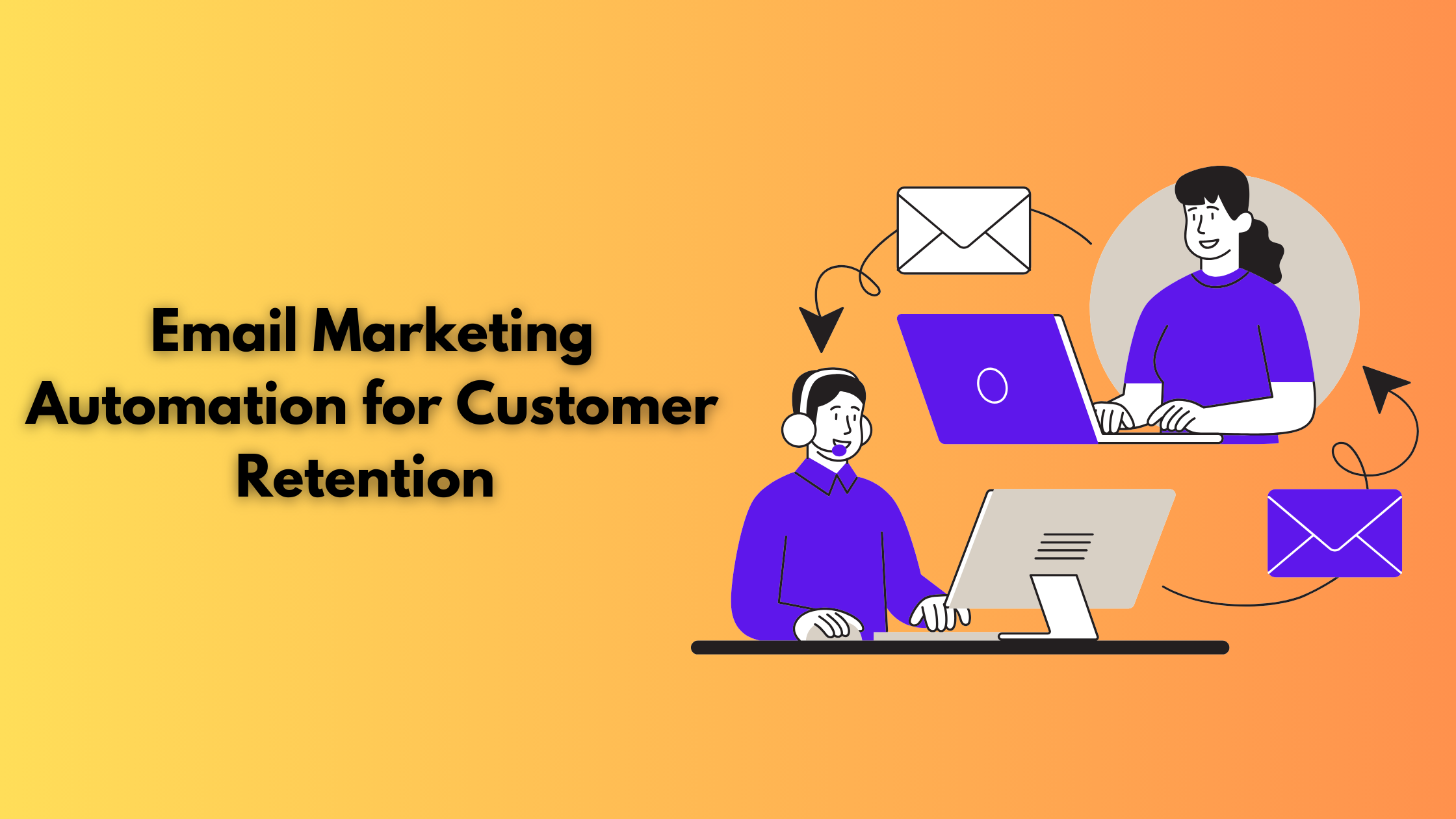
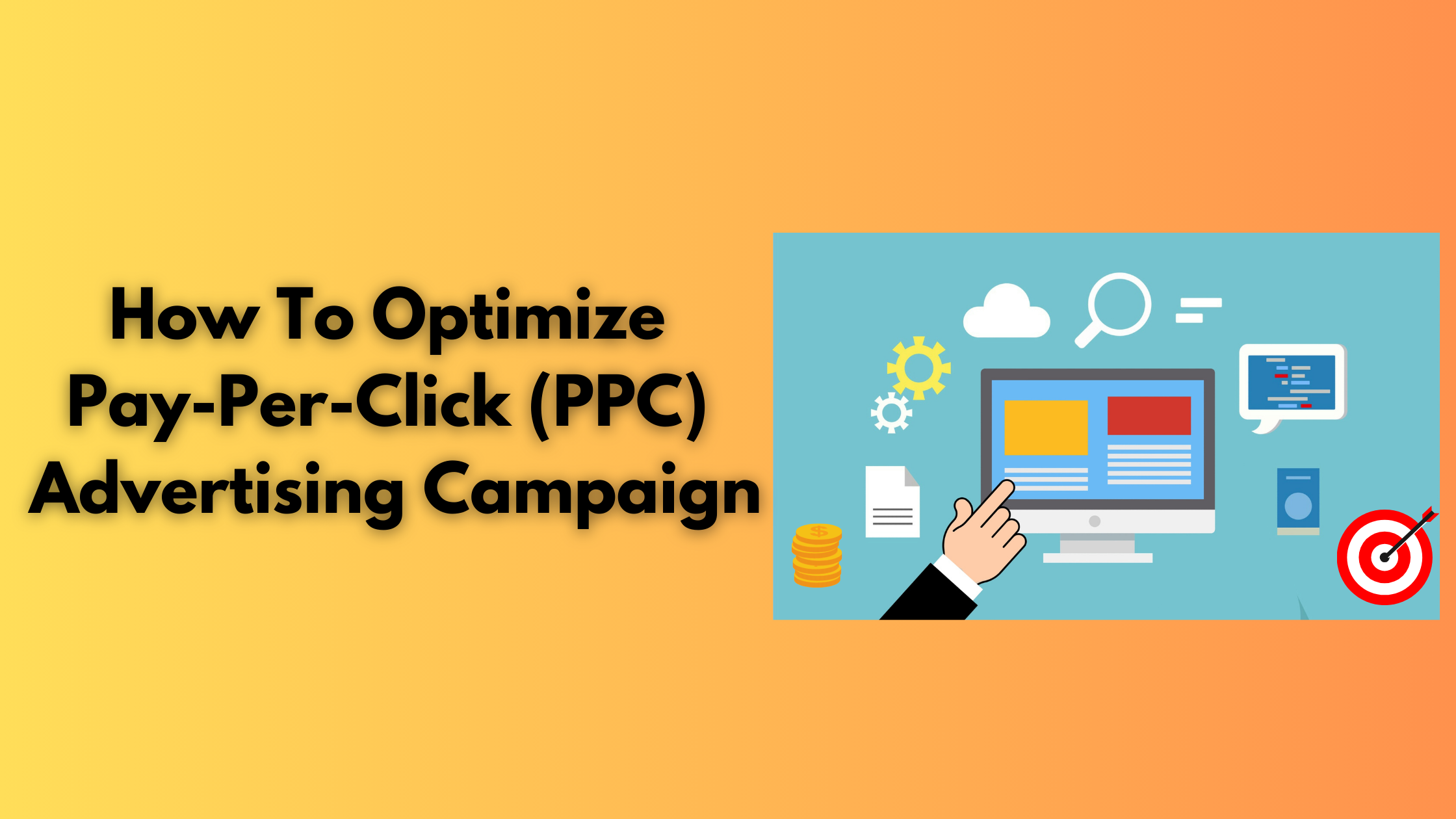
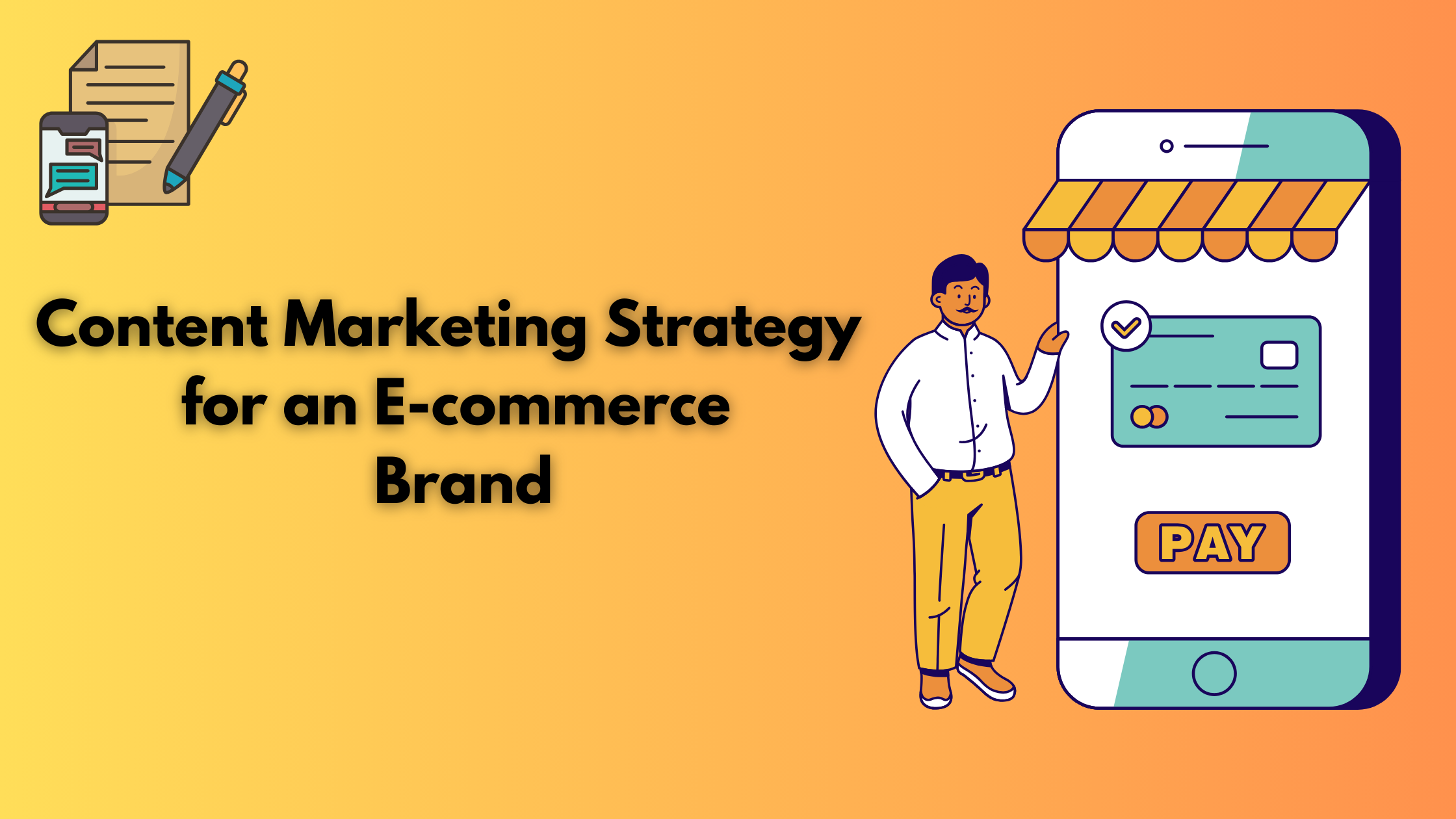

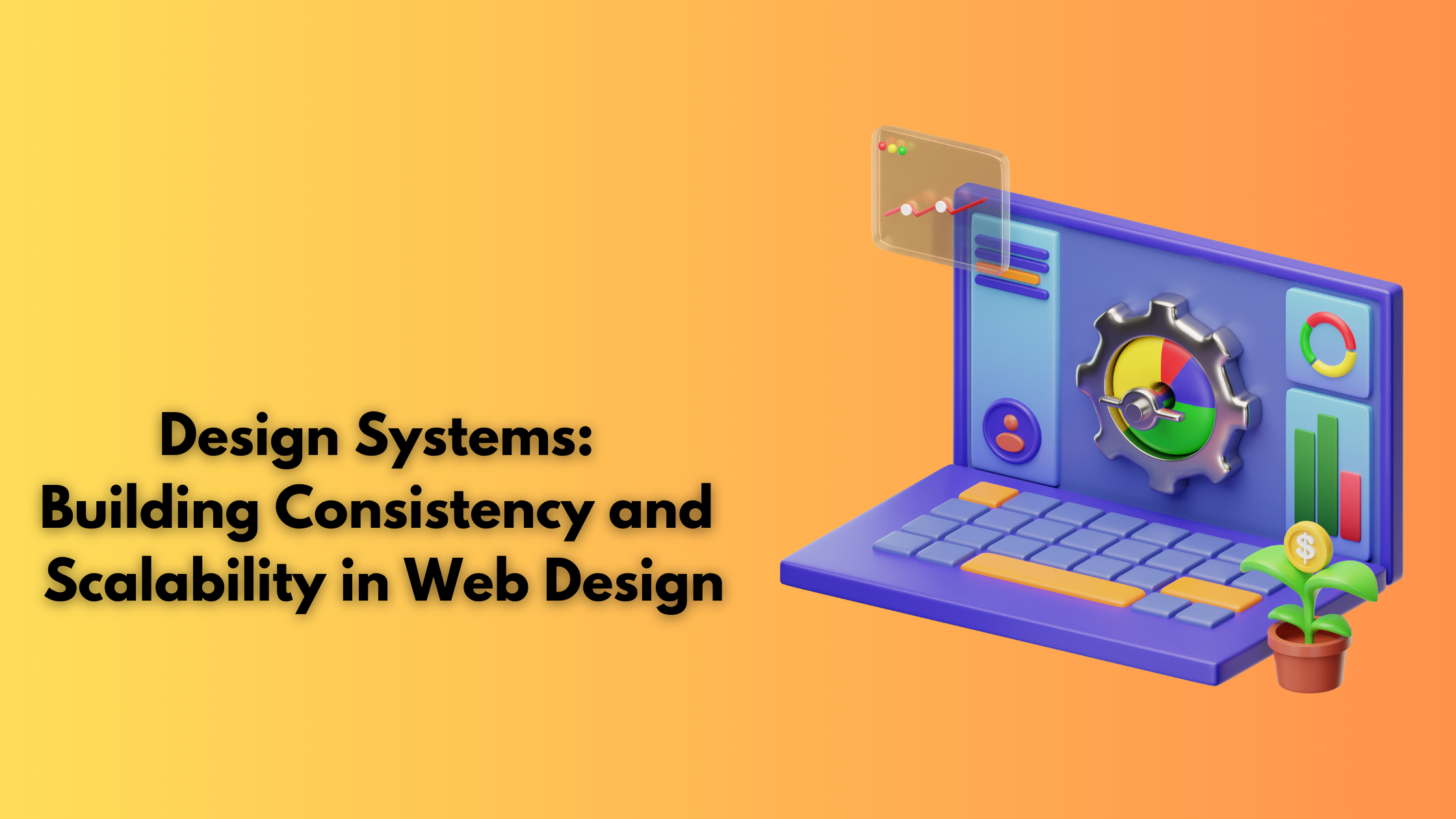
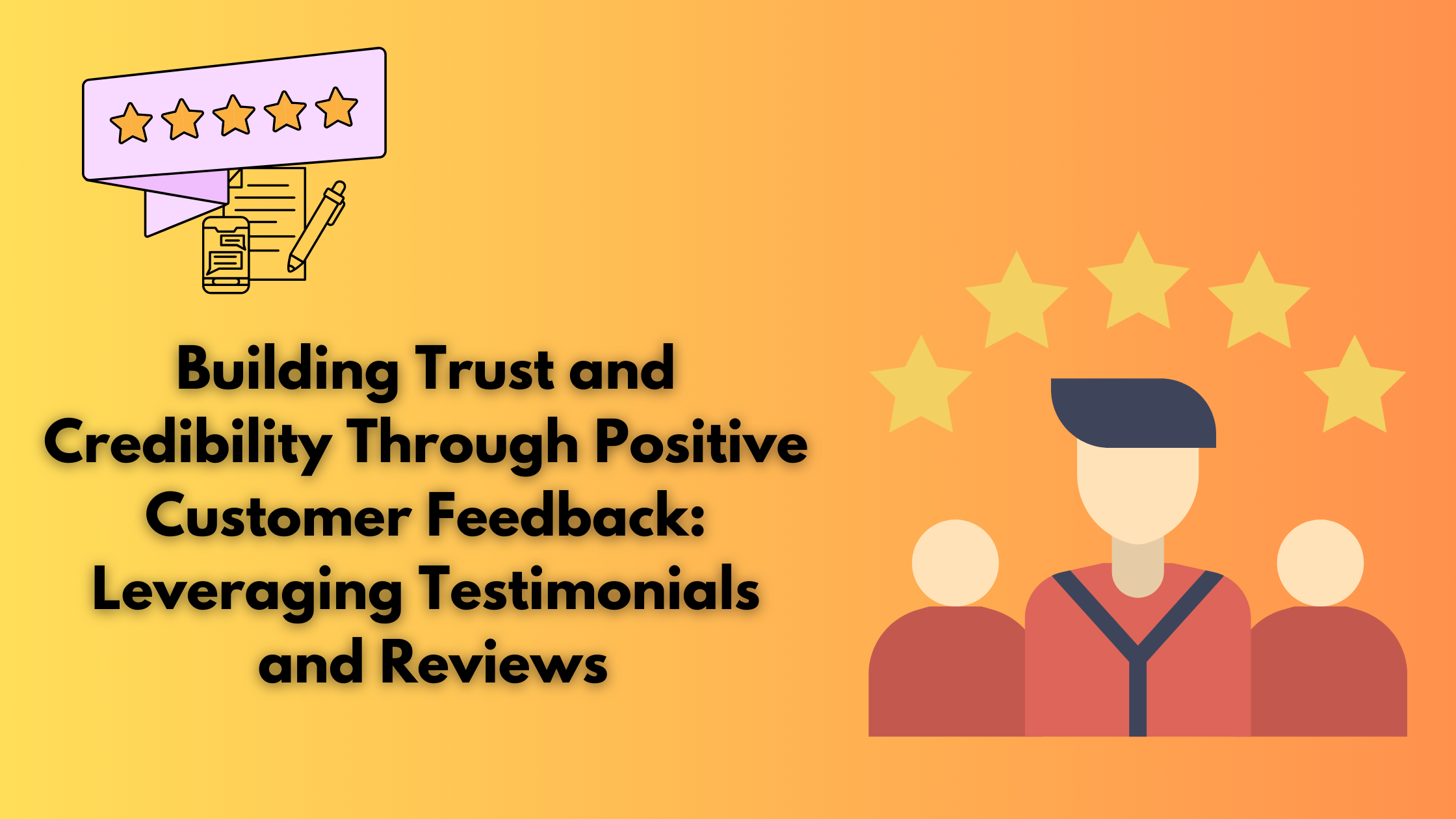
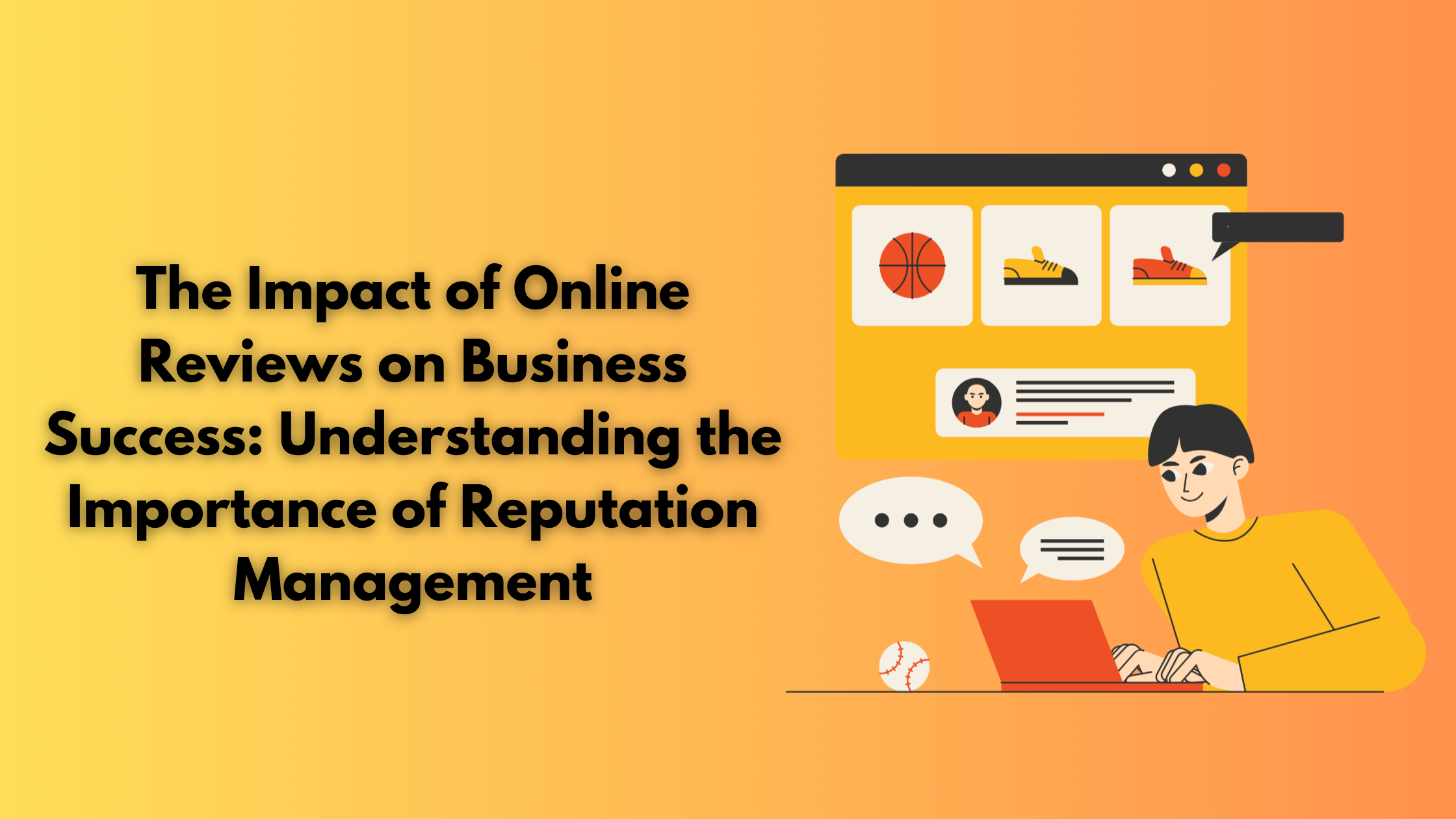


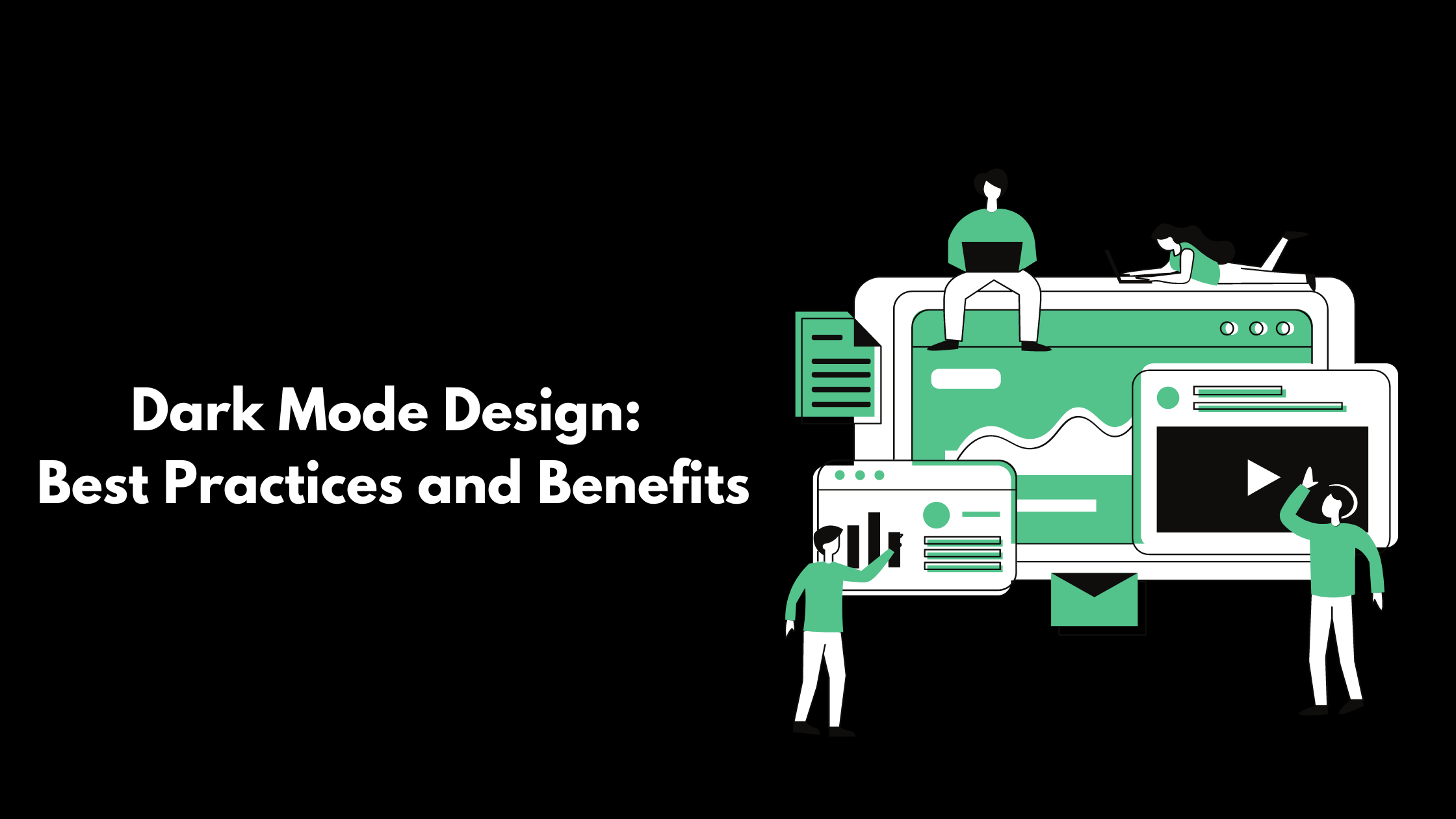
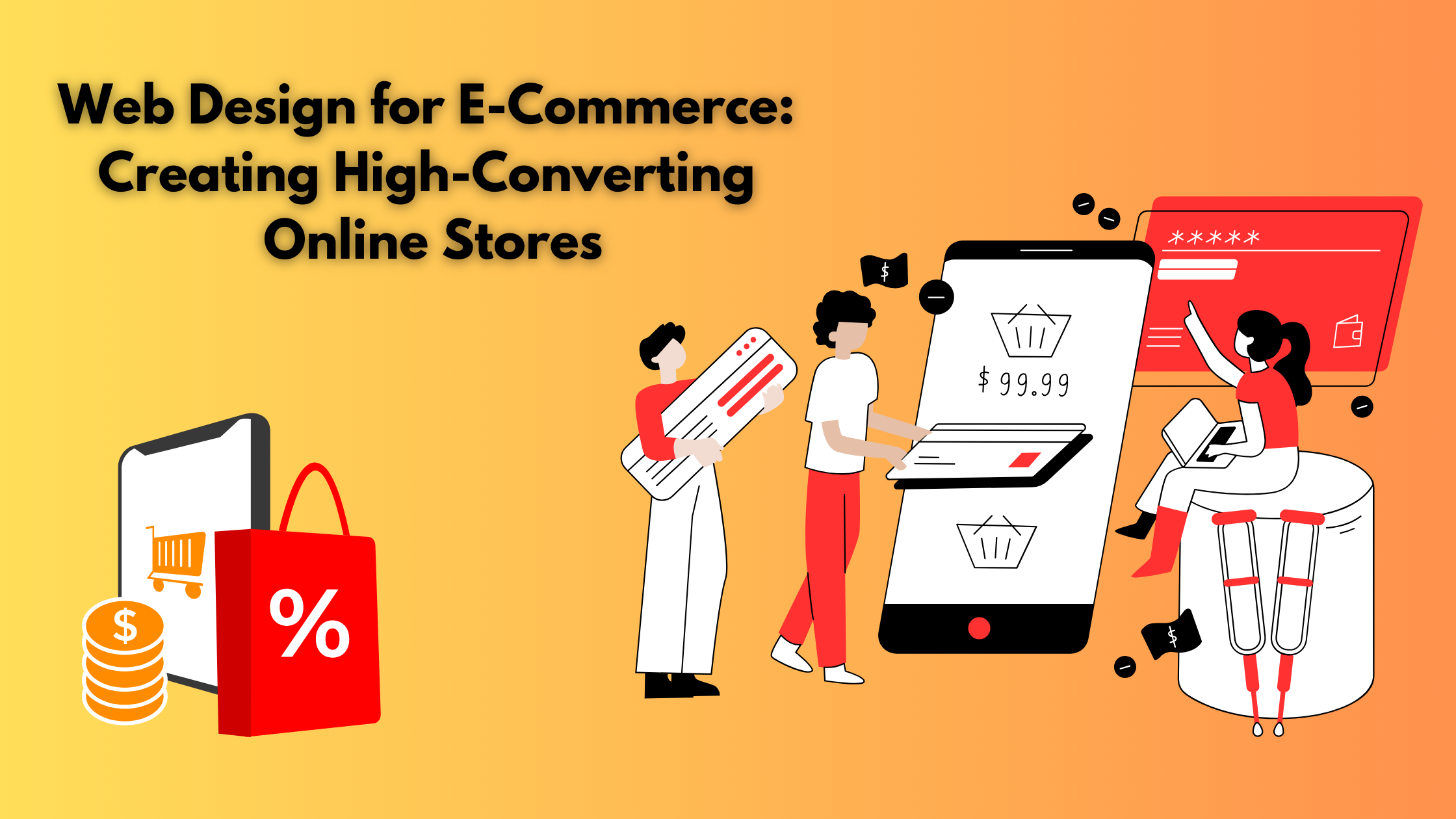
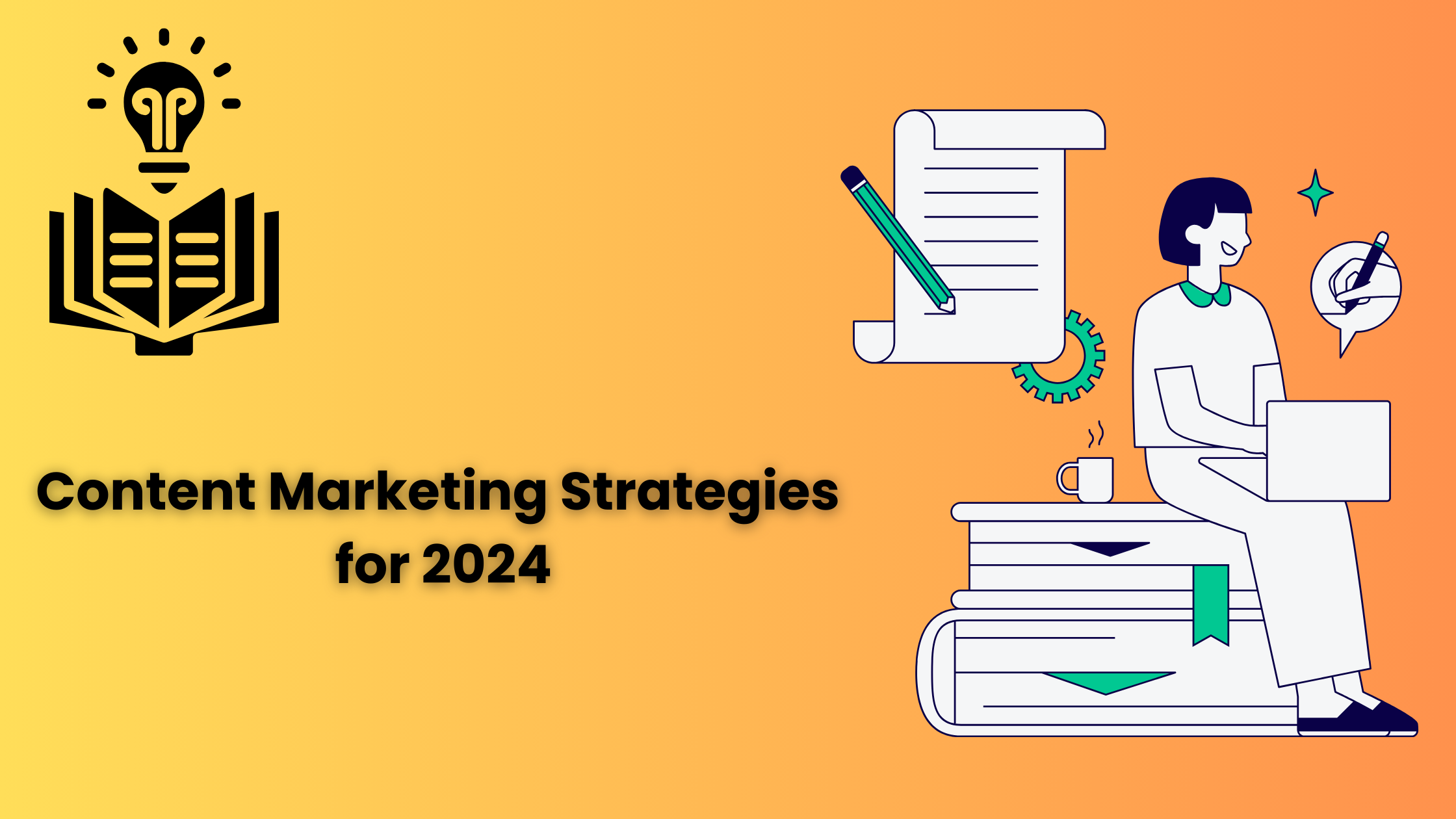

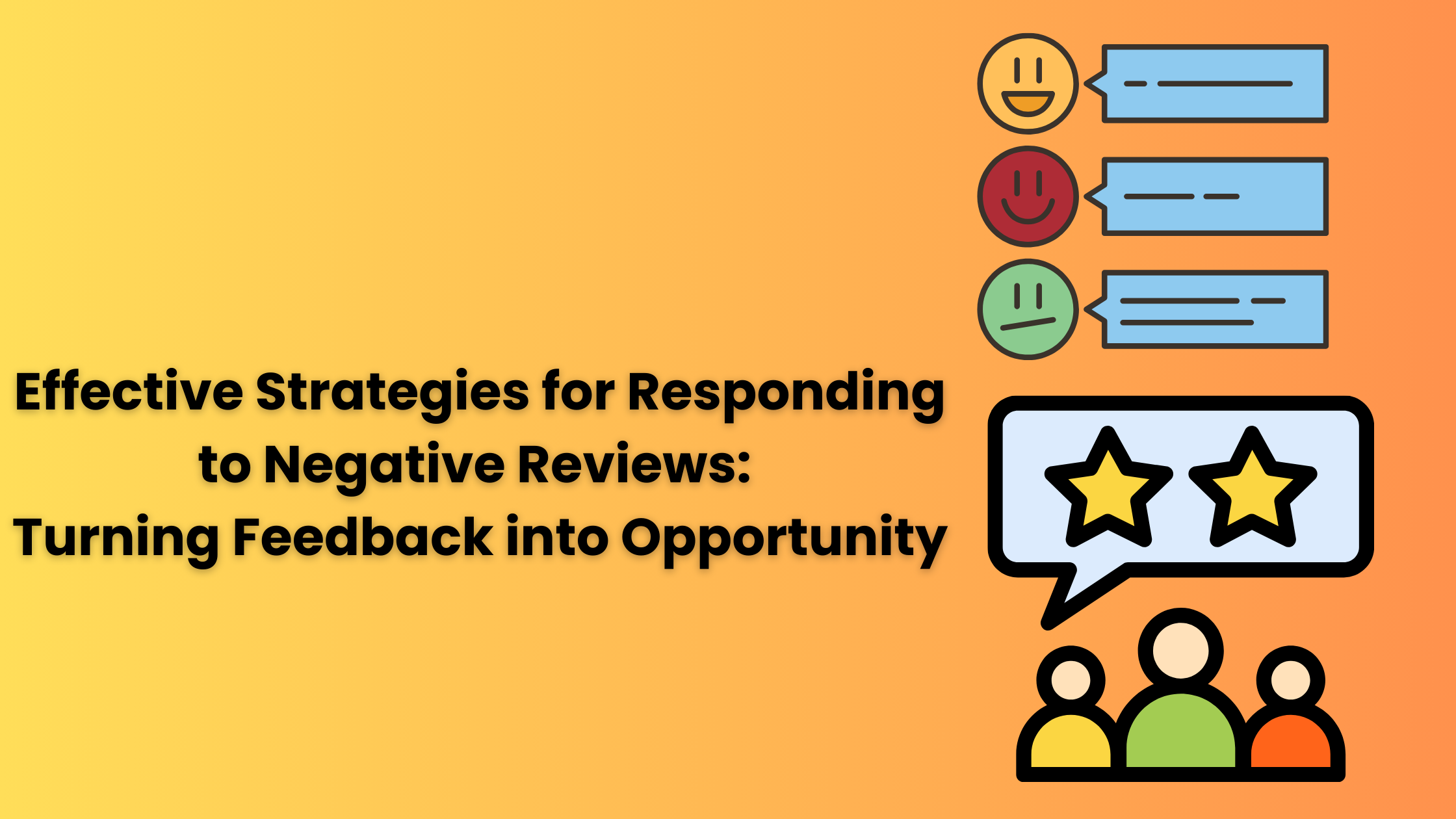
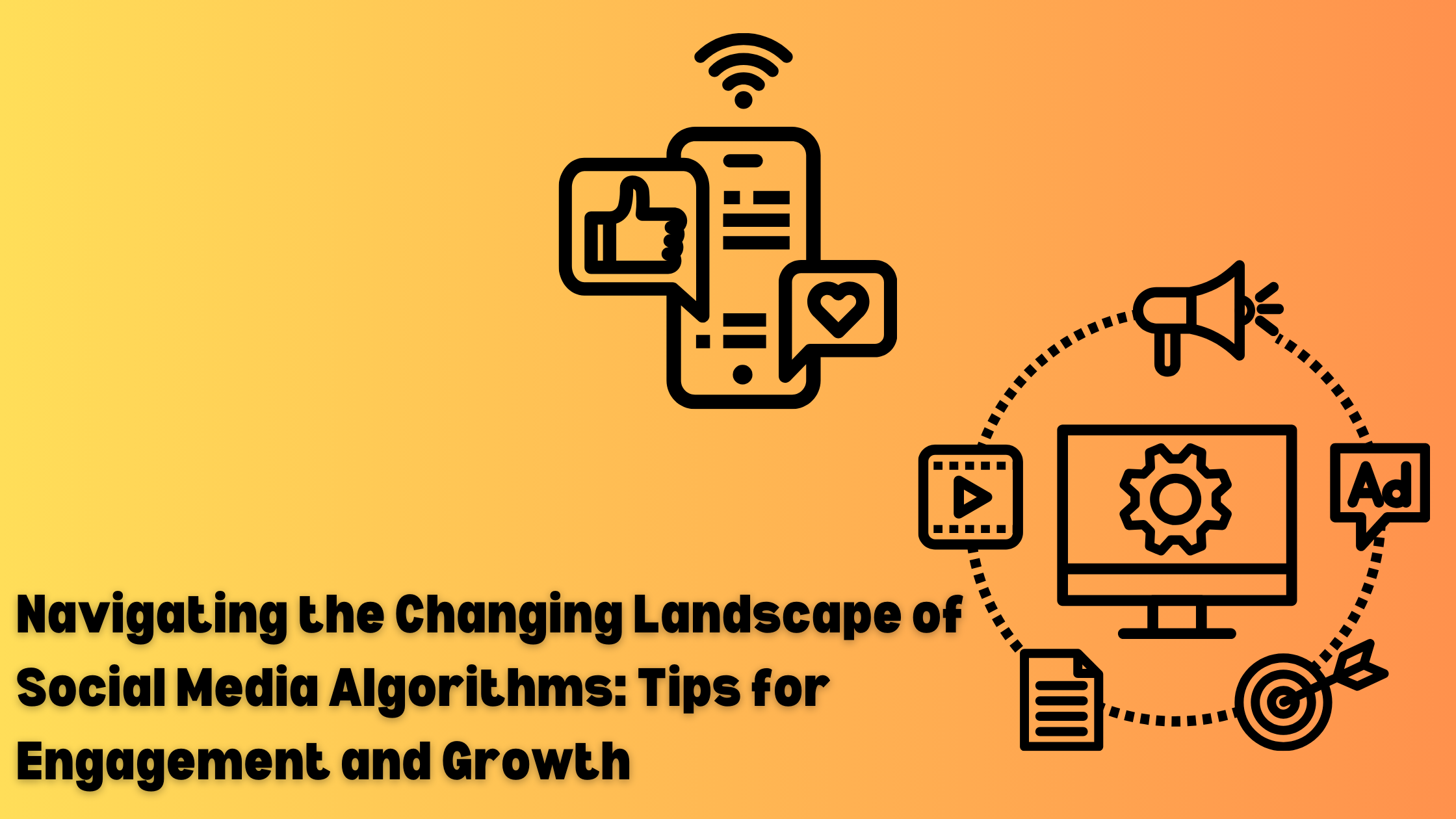


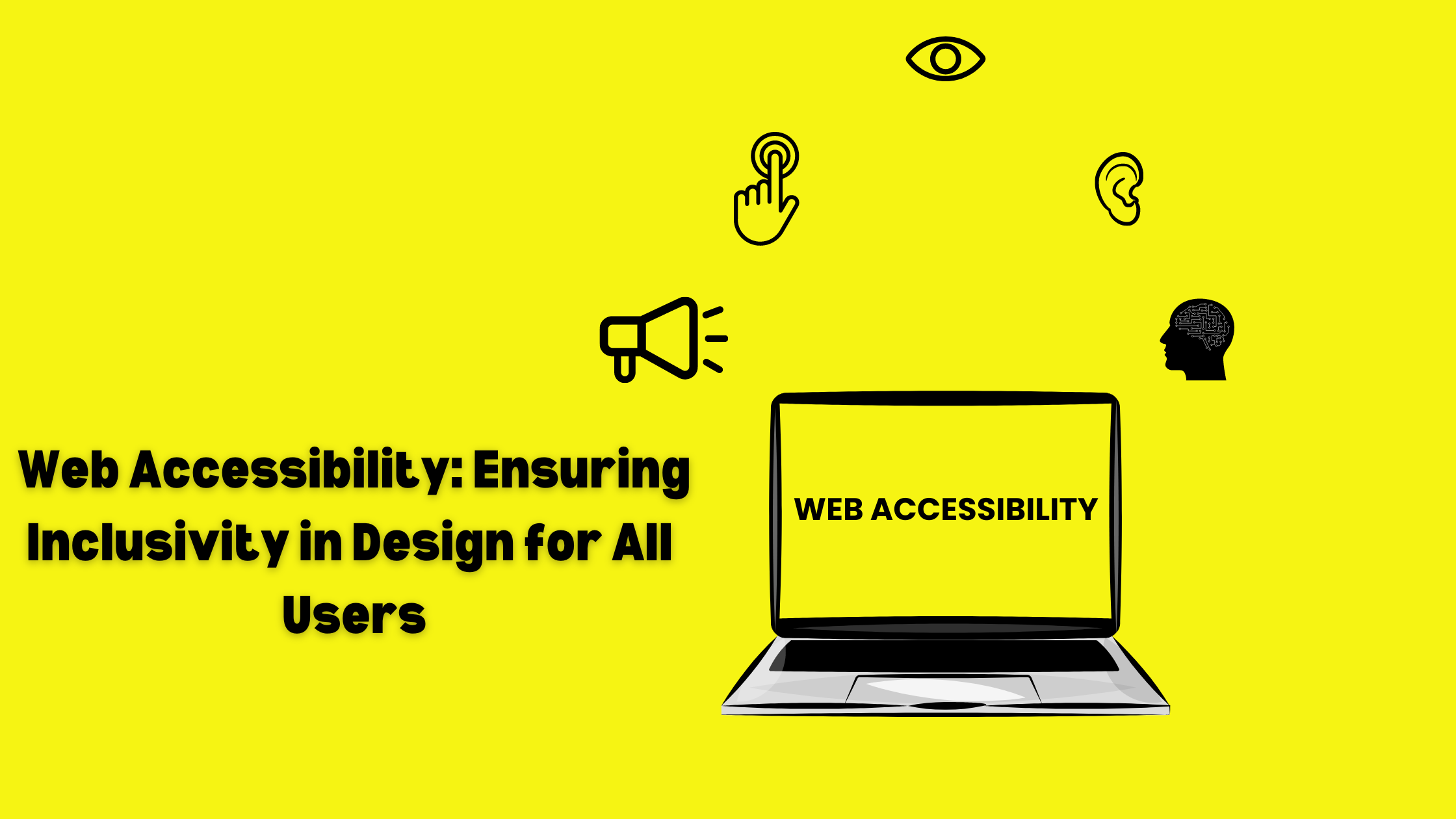
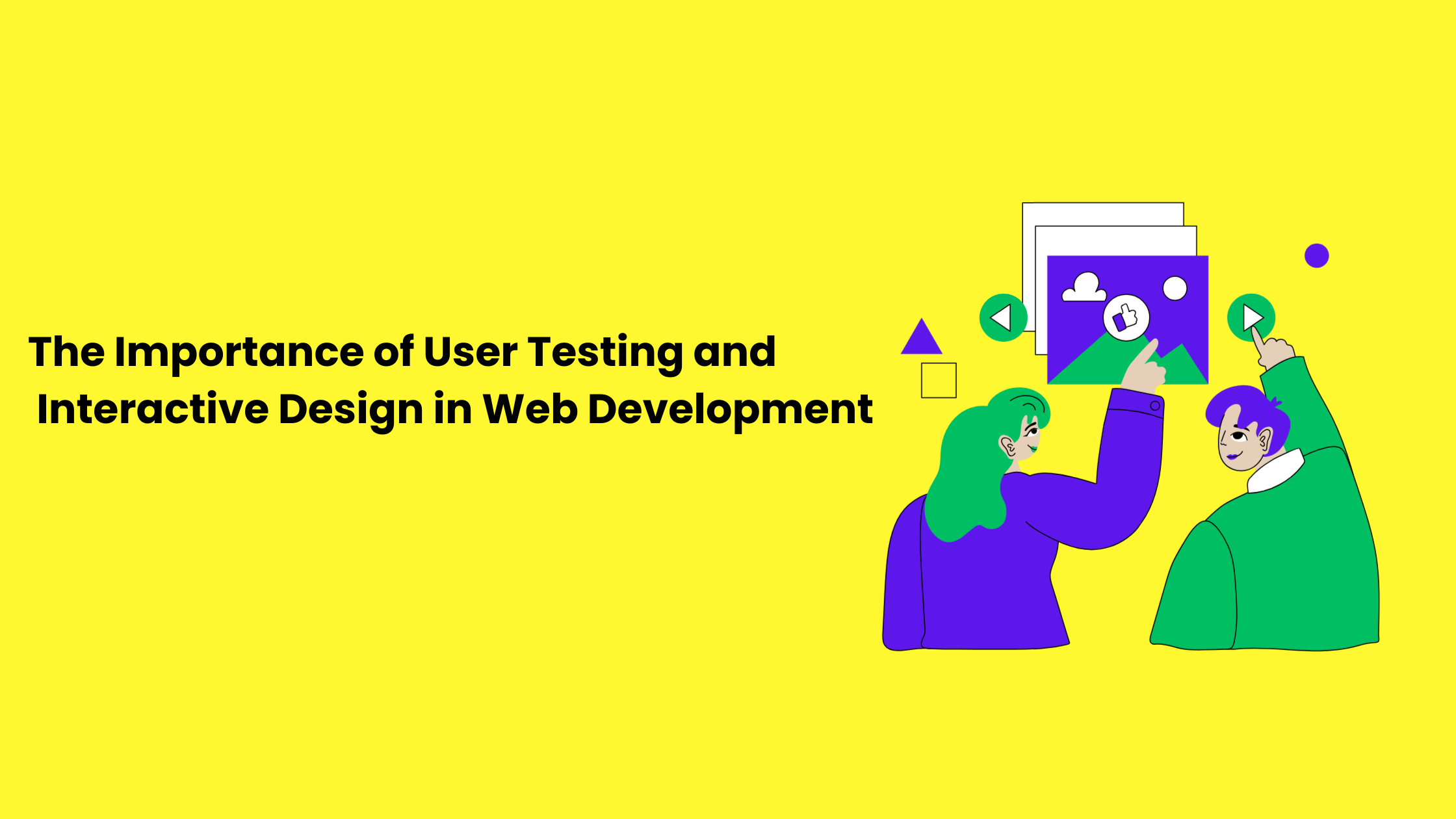
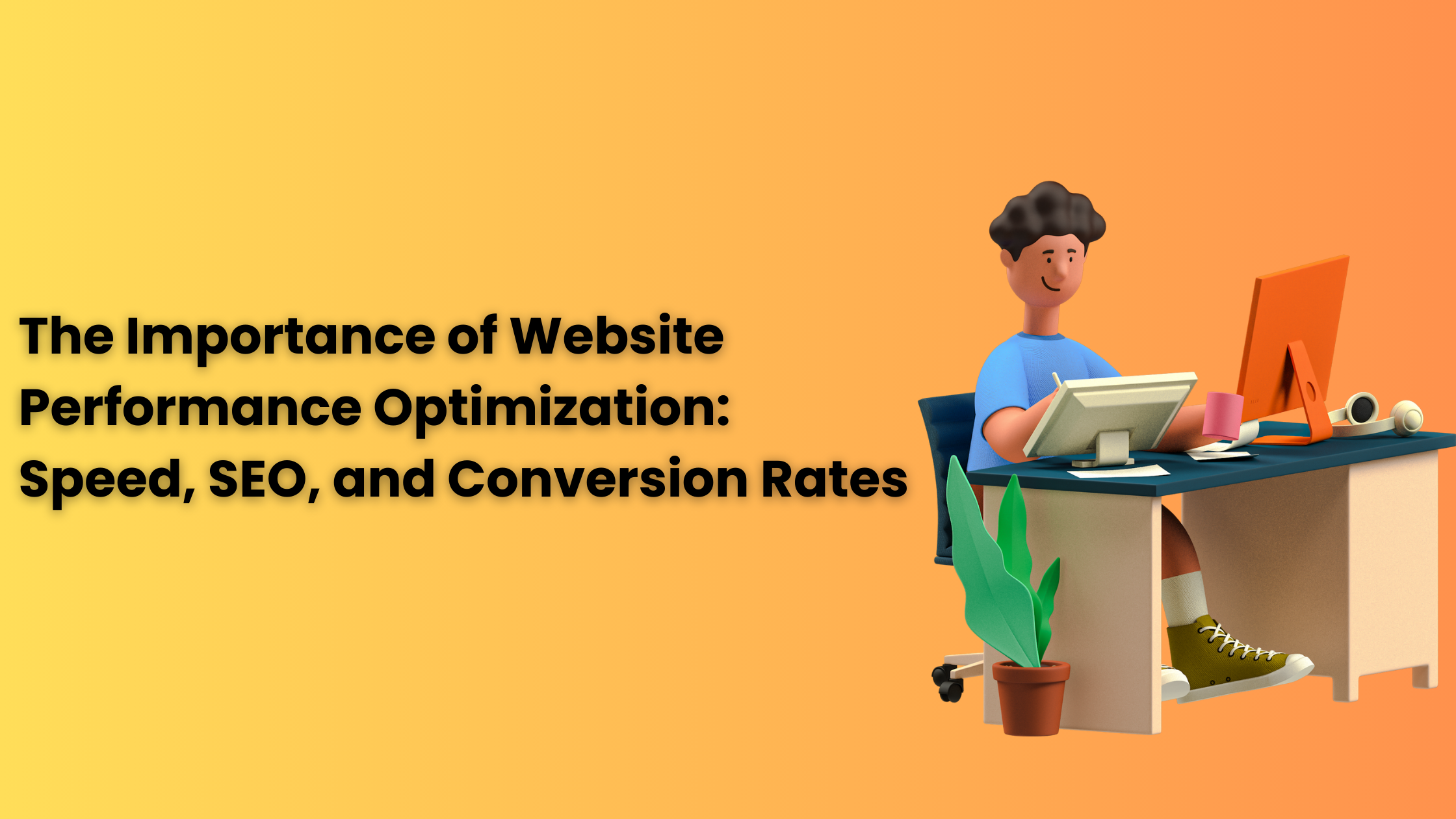



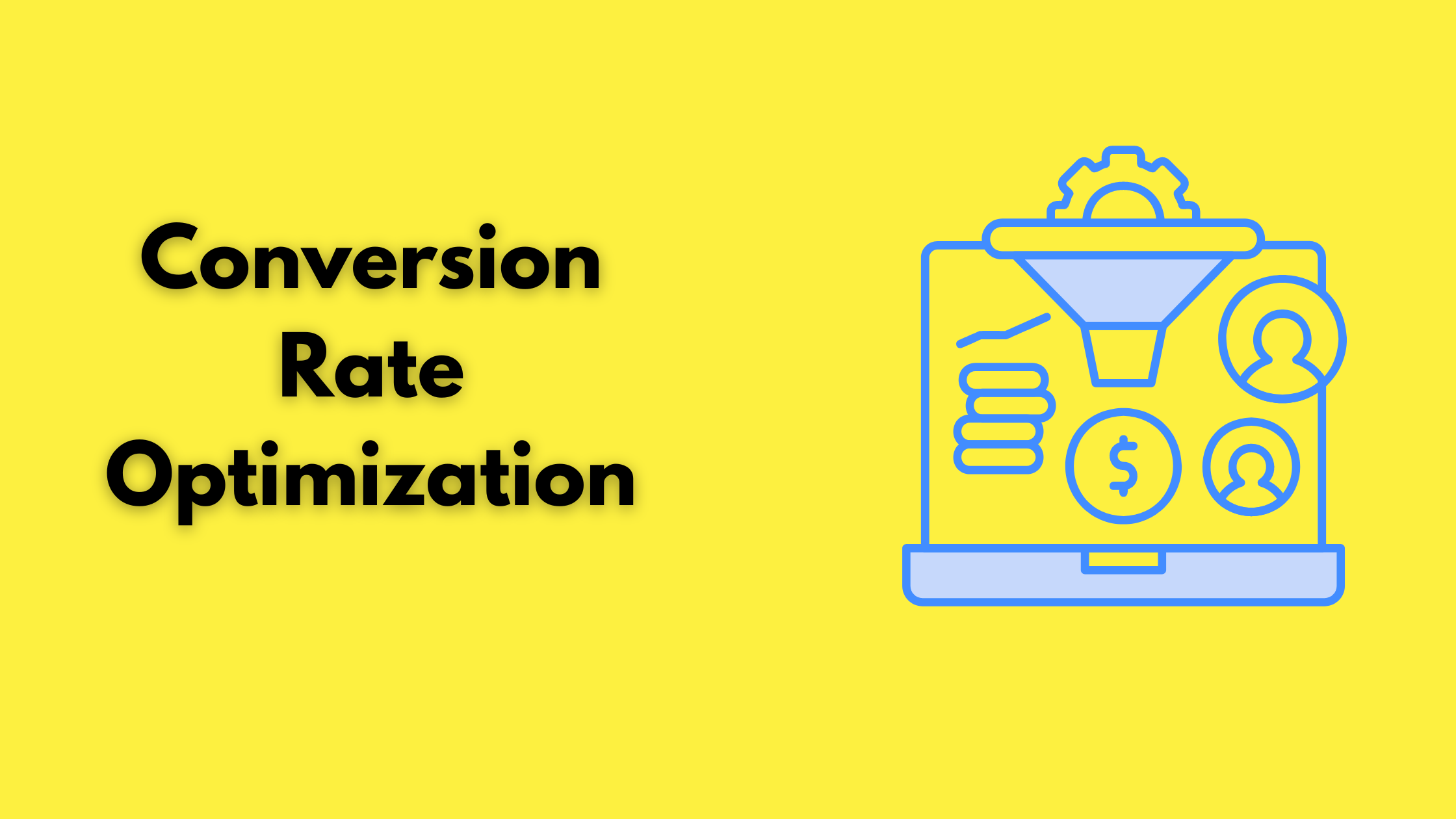
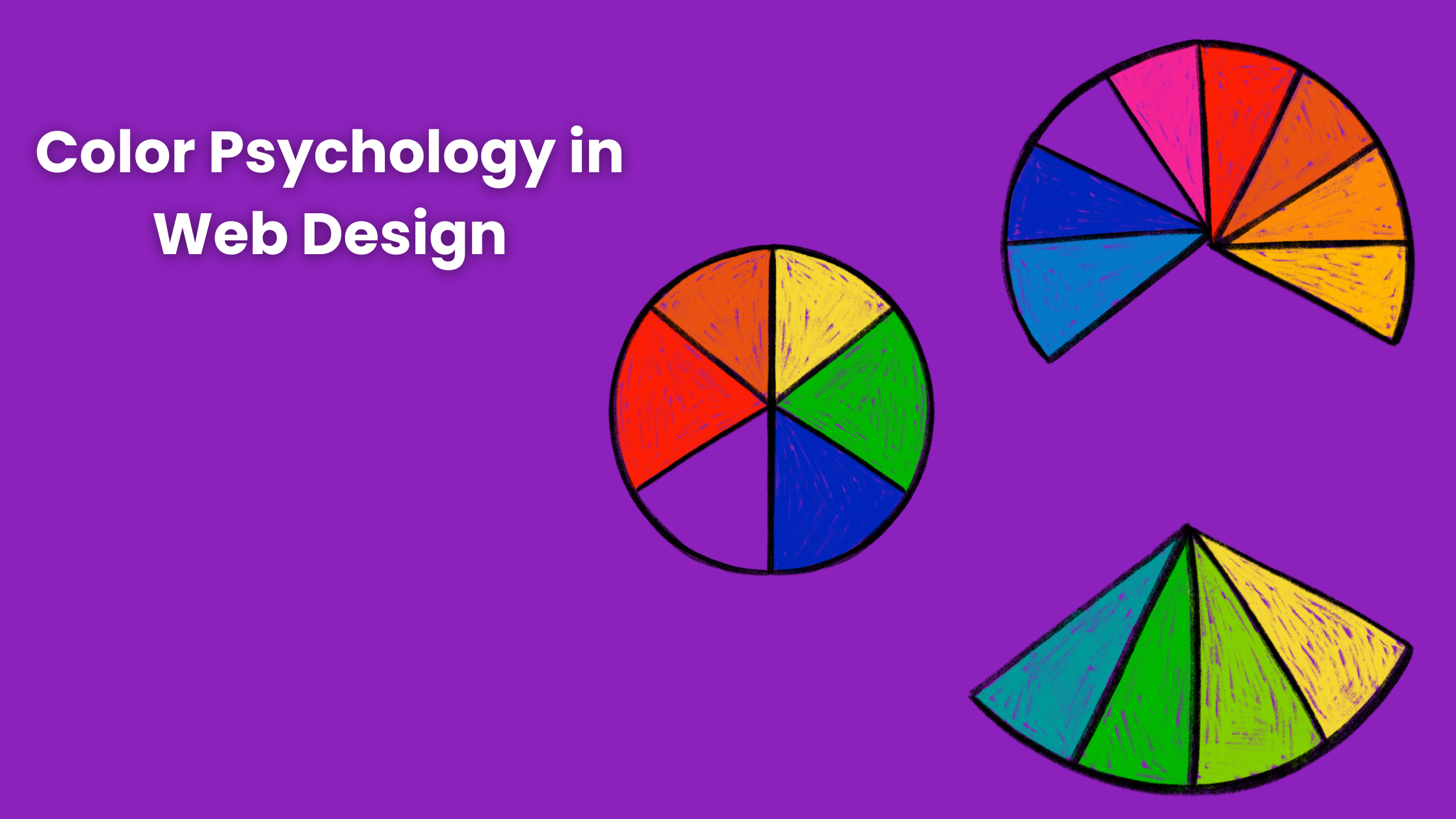
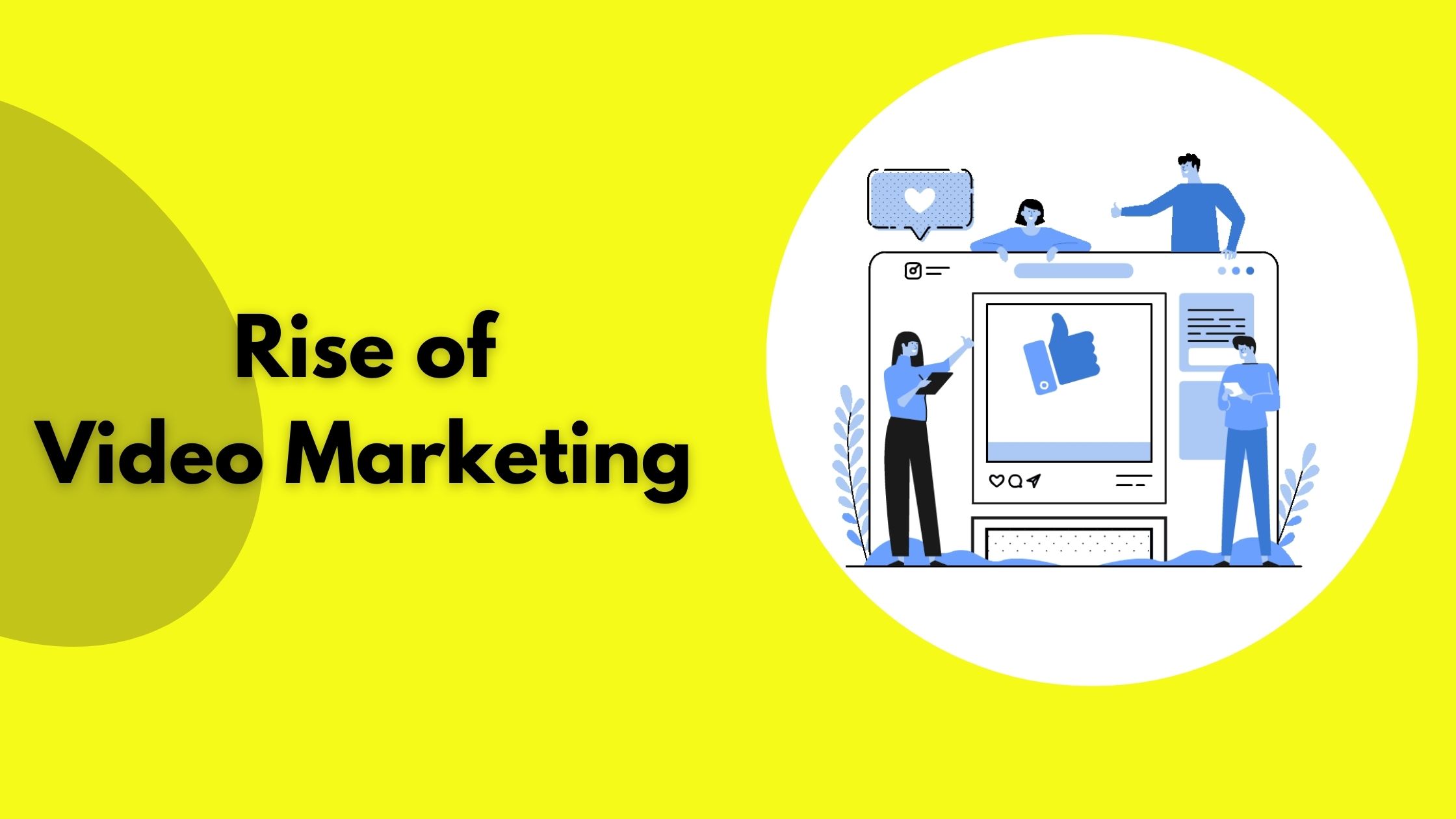


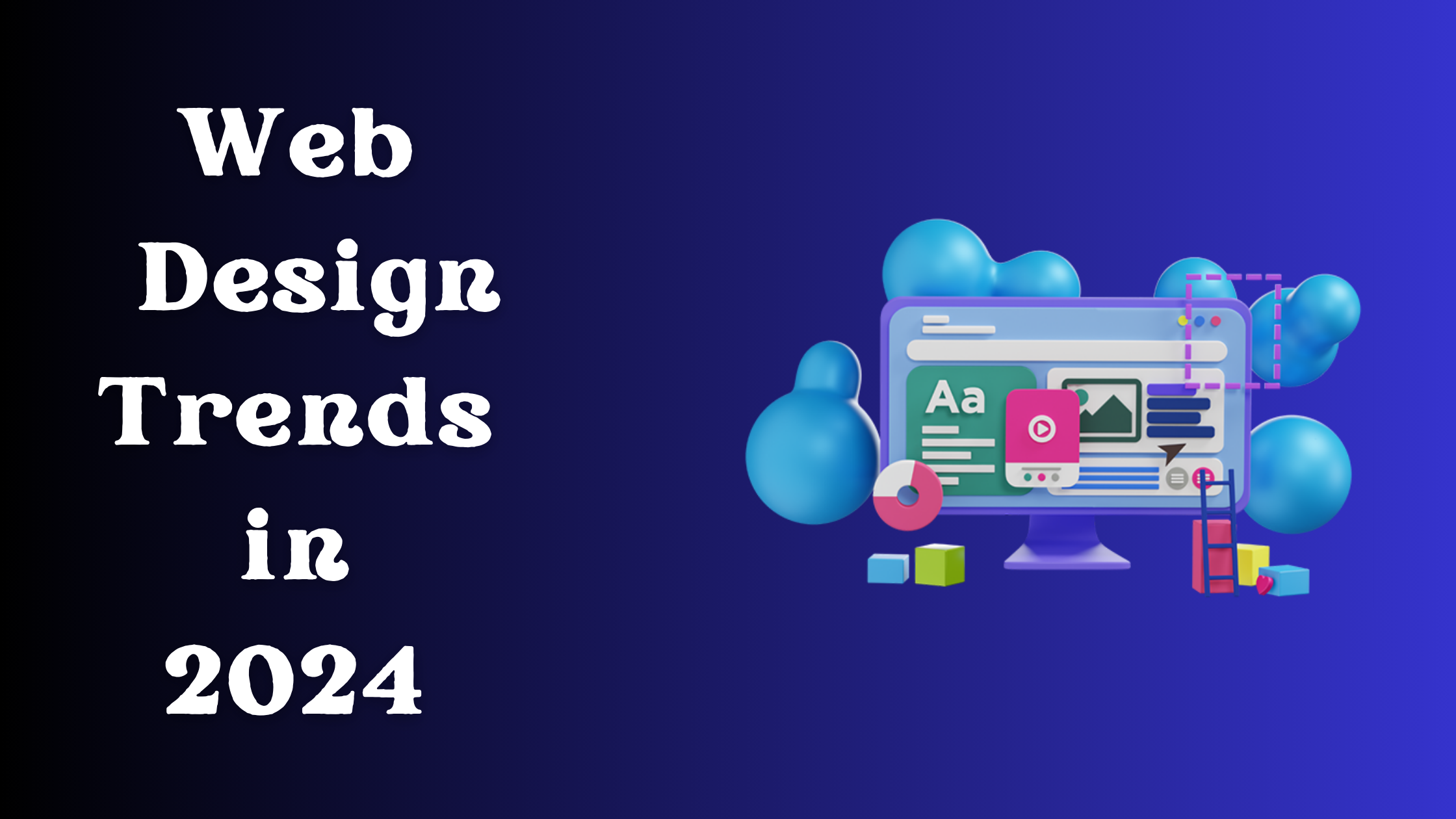

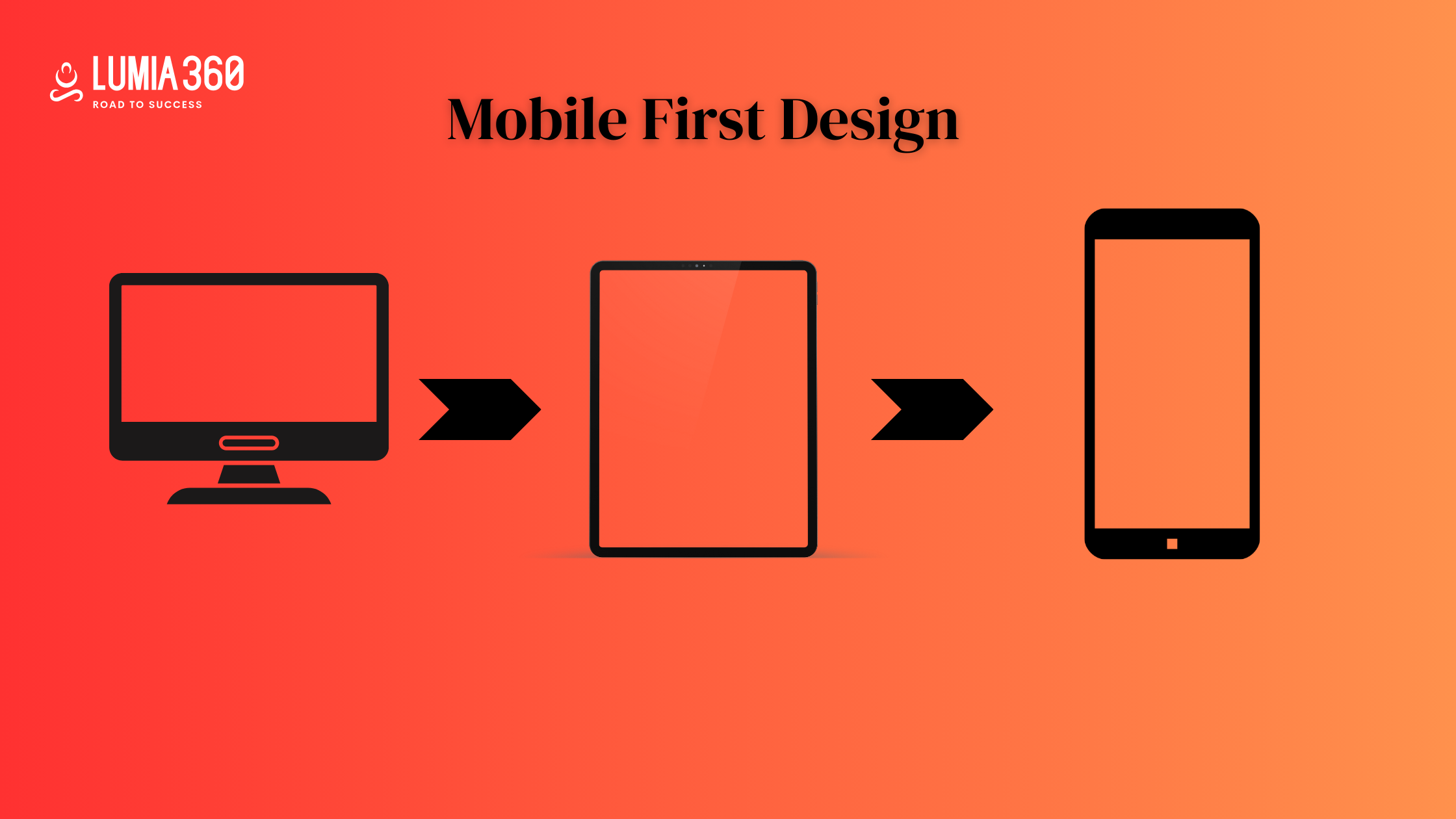

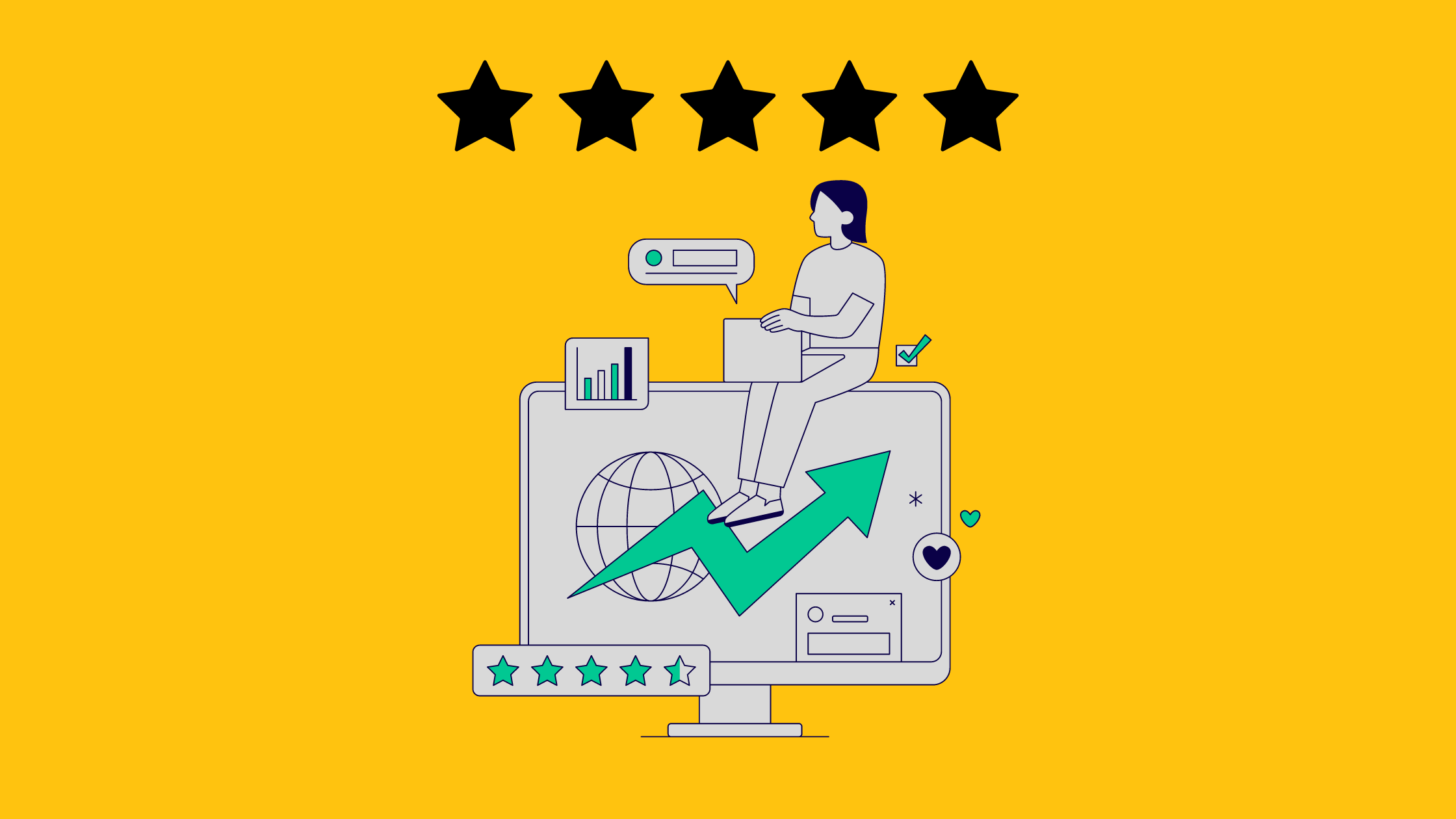

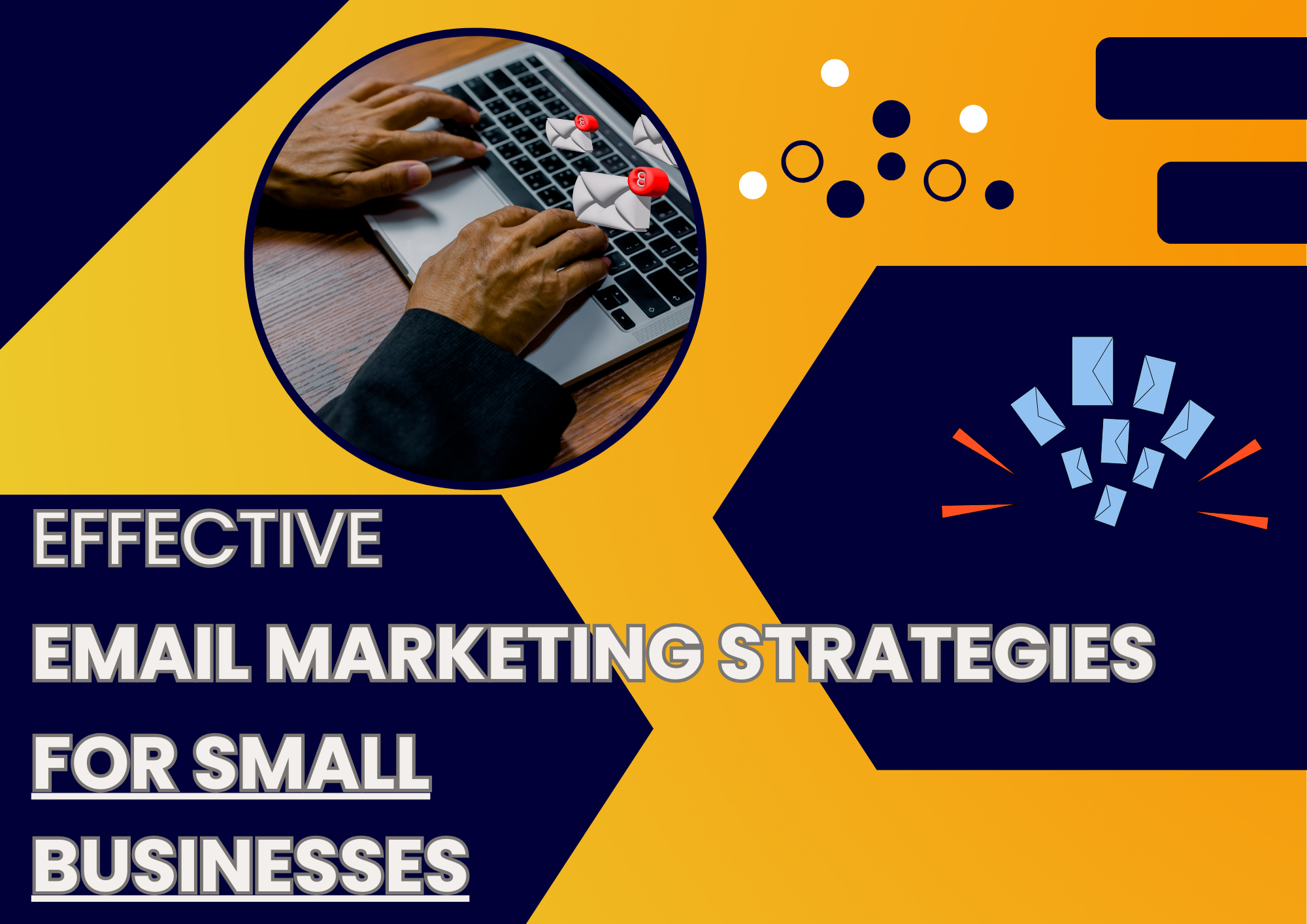
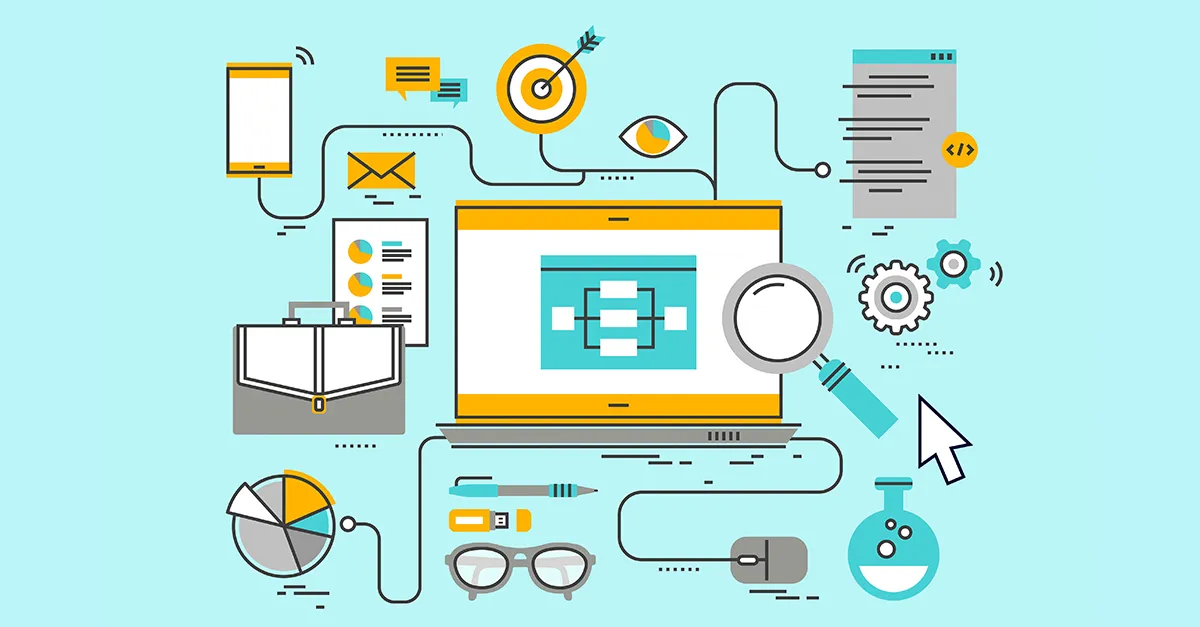

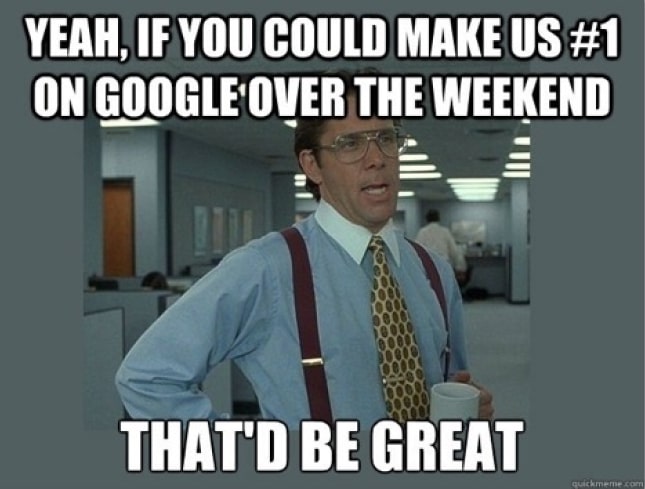
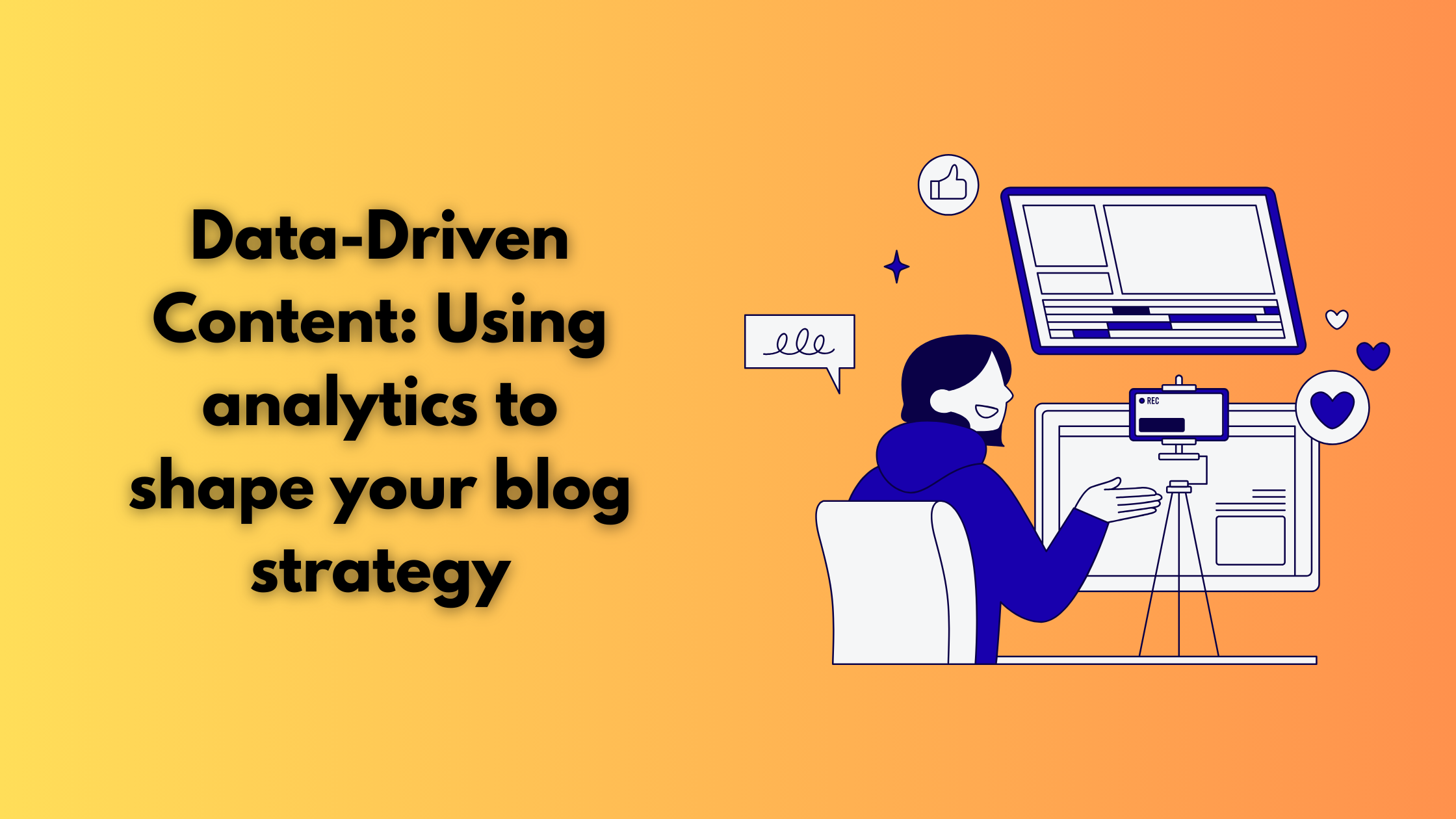
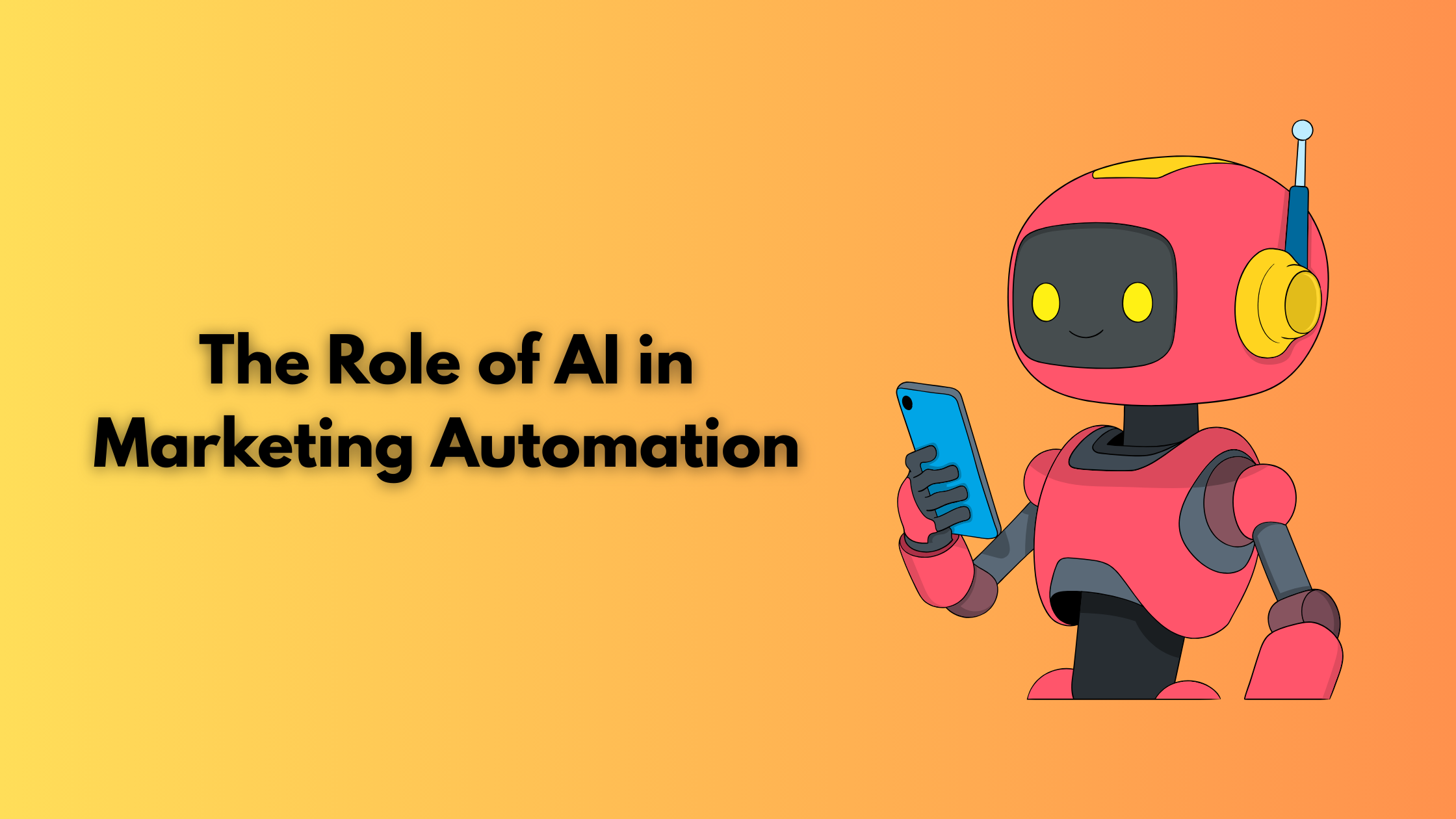
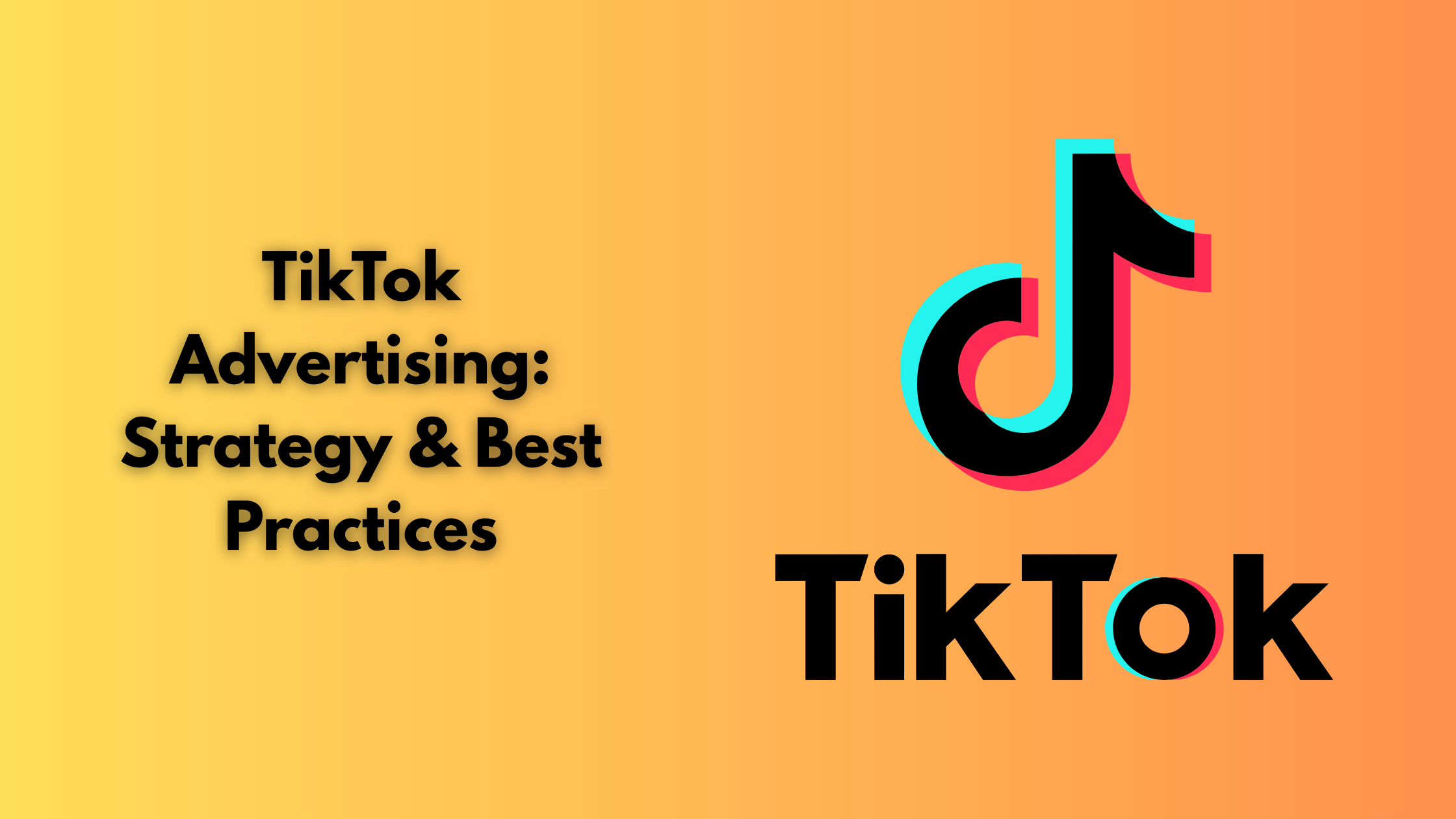
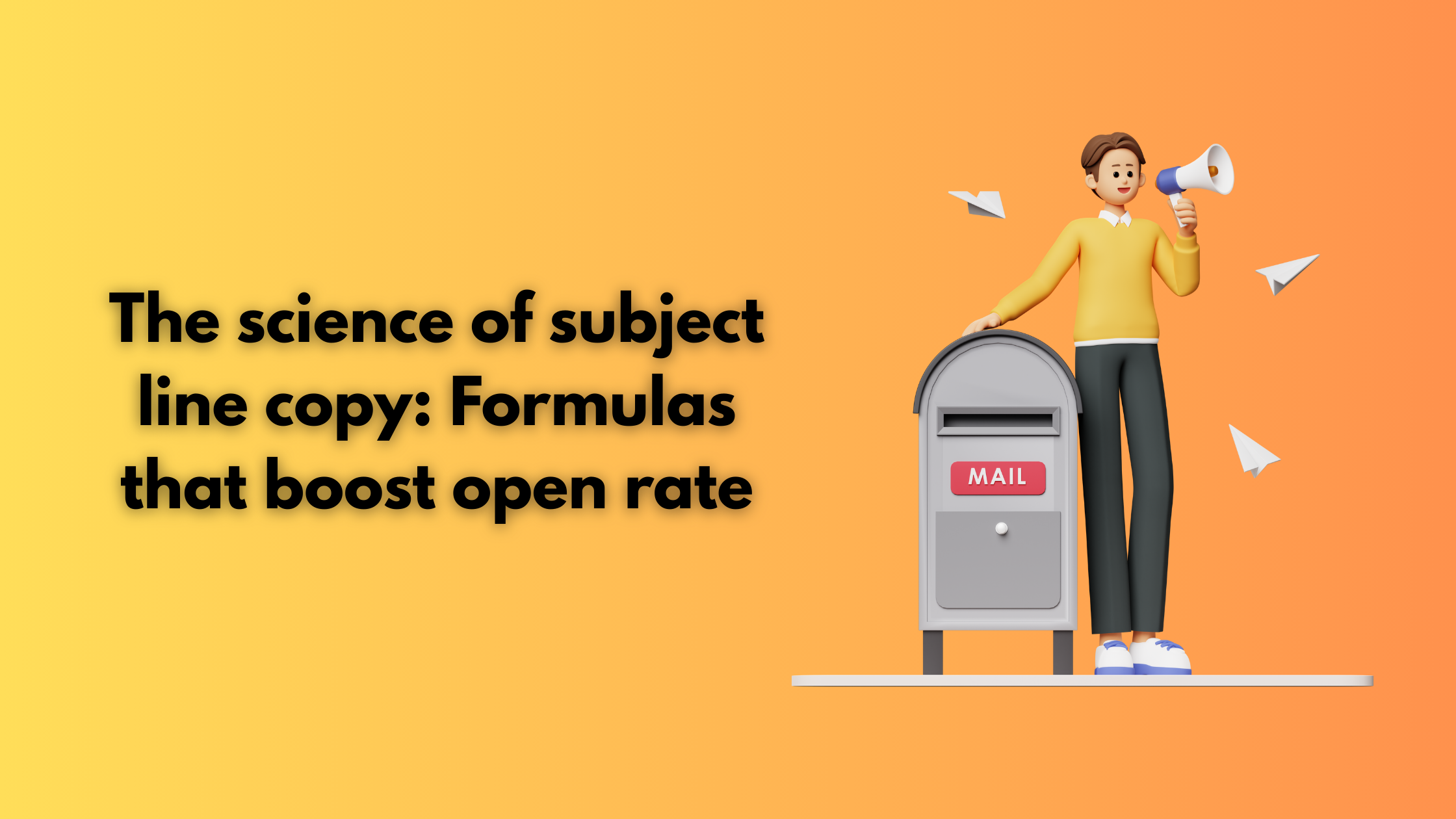

1 Comment
Your comment is awaiting moderation.
Justly, I’m obsessed with these CBD gummies like https://www.cornbreadhemp.com/pages/what-are-the-local-rules-about-thc-gummies-in-georgia ! I’ve tried a lot of brands, but these are legit the best. I go off visit one after a protracted epoch and it objective helps me depress exposed and be over overthinking everything.
They taste like actual bon-bons no weird grassy flavor at all. My drop has been clearance elevate surpass since I started taking them, too. If you’re on the tergiversate, just become them! They’re a unmitigated lifesaver on the side of my everyday stress.
[…] Read Also: The Impact of Page Speed on User Experience […]